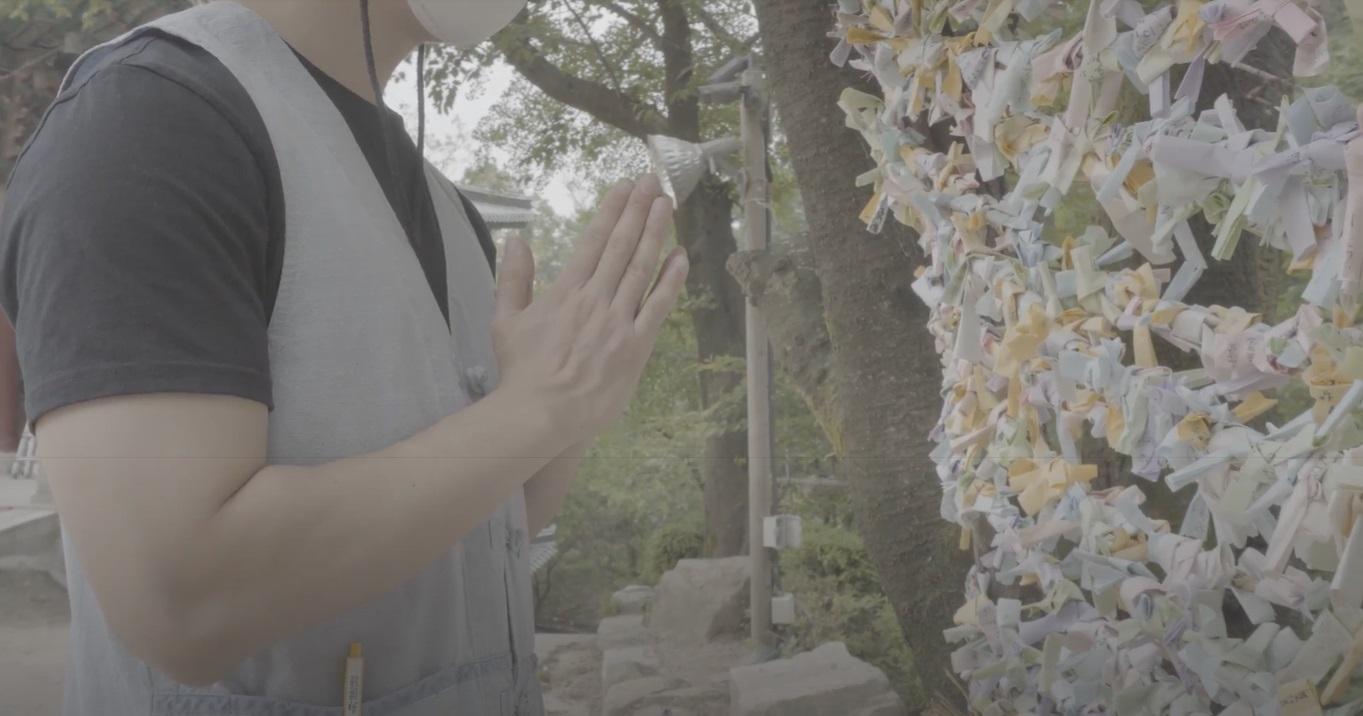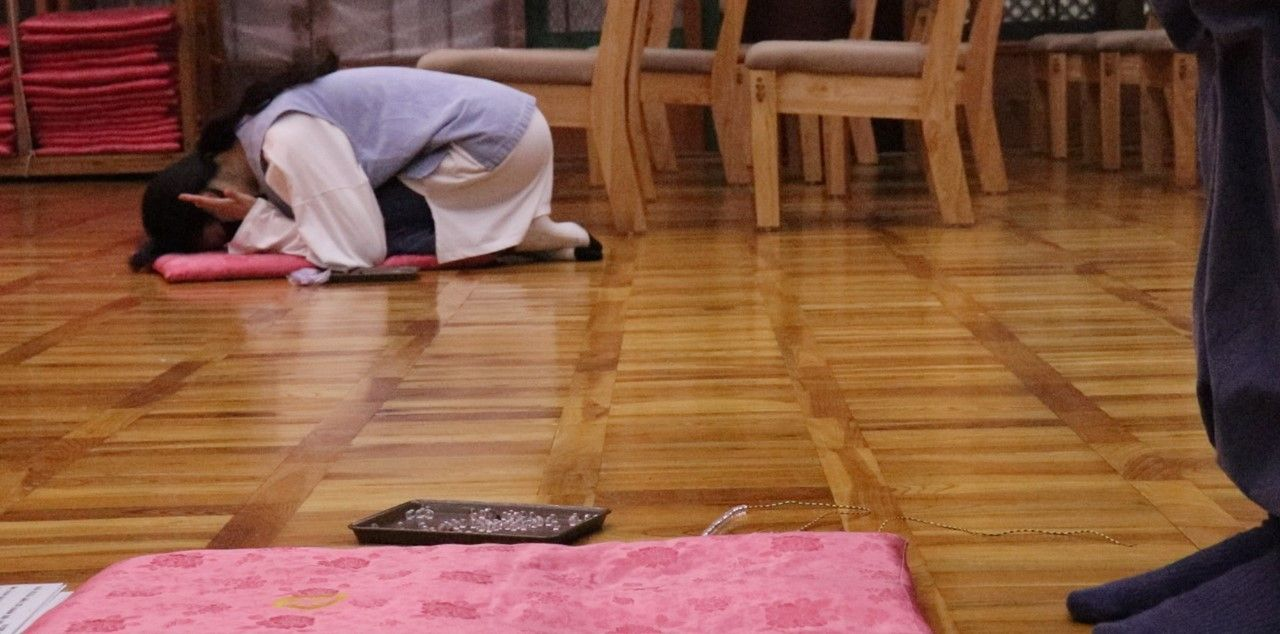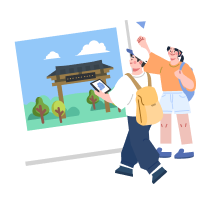Modern-day city life is haptic and full of stress coming from everywhere. Seoul is a convenient place to live in, but sometimes you wish to get away from the grey atmosphere of asphalts and skyscrapers.
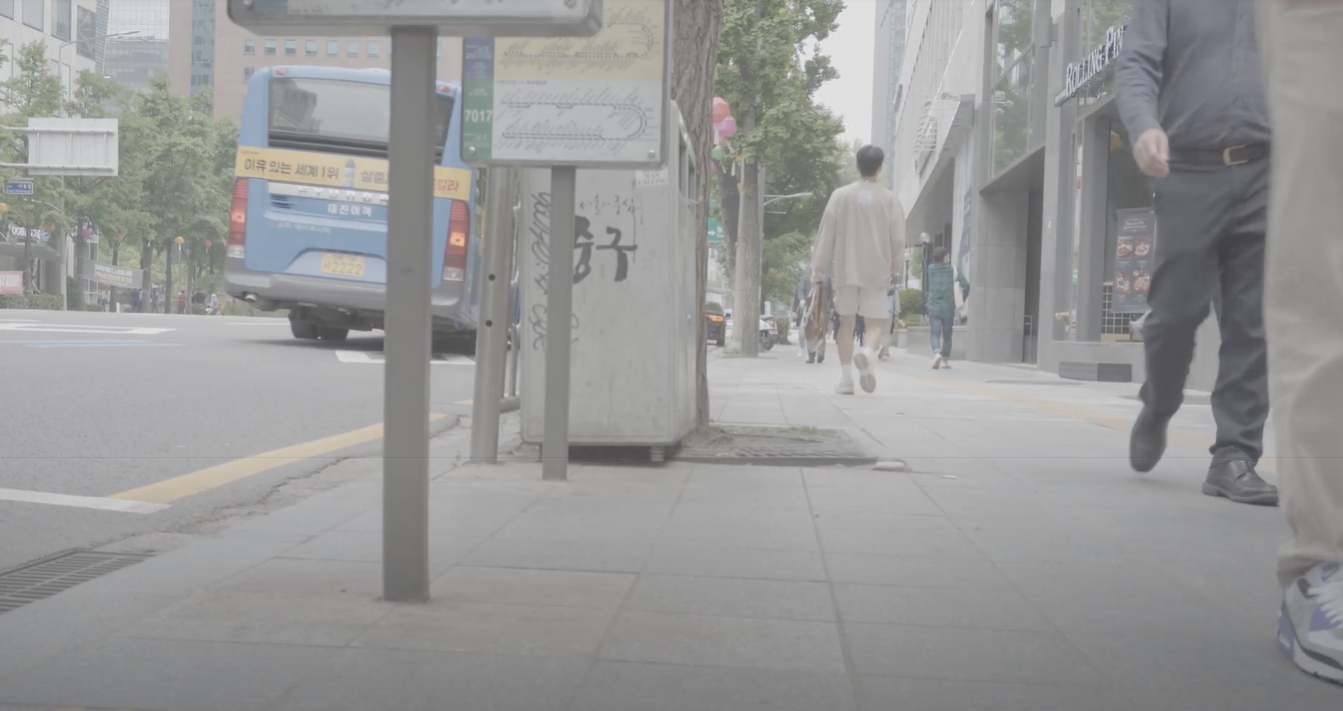
Buddhist temples have been in Korea for thousands of years. The humble and natural atmosphere of the temples provides healing experiences for all tired souls. They have developed the 'Temple Stay' program for outsiders to spend a night at the temple.
We have visited Hwagyesa, located in northern Seoul, to introduce you guys to this unique experience.
Let's see what's so special about Korean Buddhist temples.
1. Introduction

Back in the days, temples were located in the middle of the mountains, and you would have to find your way there. Now new bus terminals and subway stations are established so that you can easily travel to temples. We took Bus #151, and it took us right to the temple.
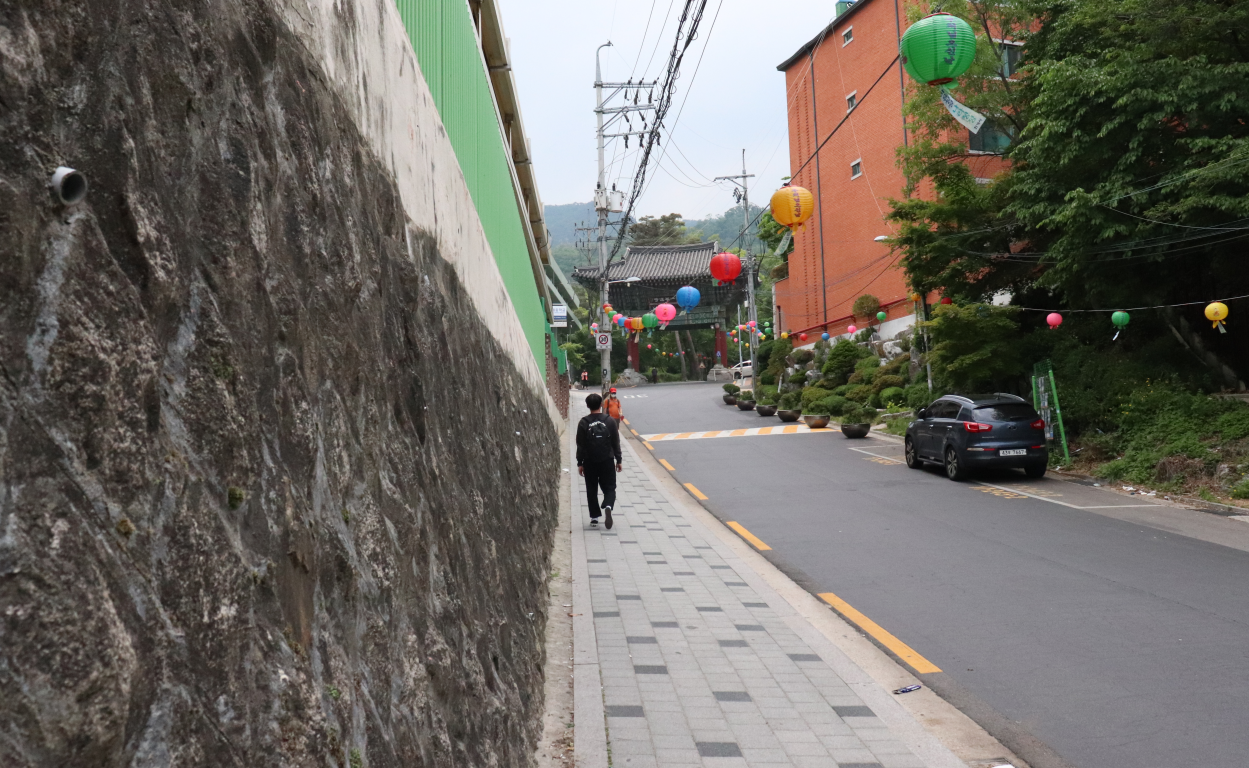

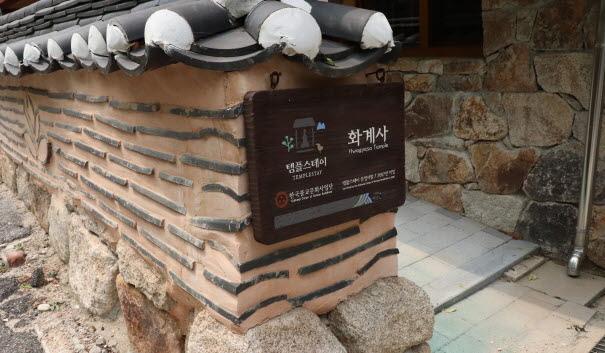
We walked 5 minutes from the terminal, and we found a gate that felt like a portal to another world, more peaceful. We walked past under the solemn Buddhist style architecture and finally arrived at Hwagyesa Temple.
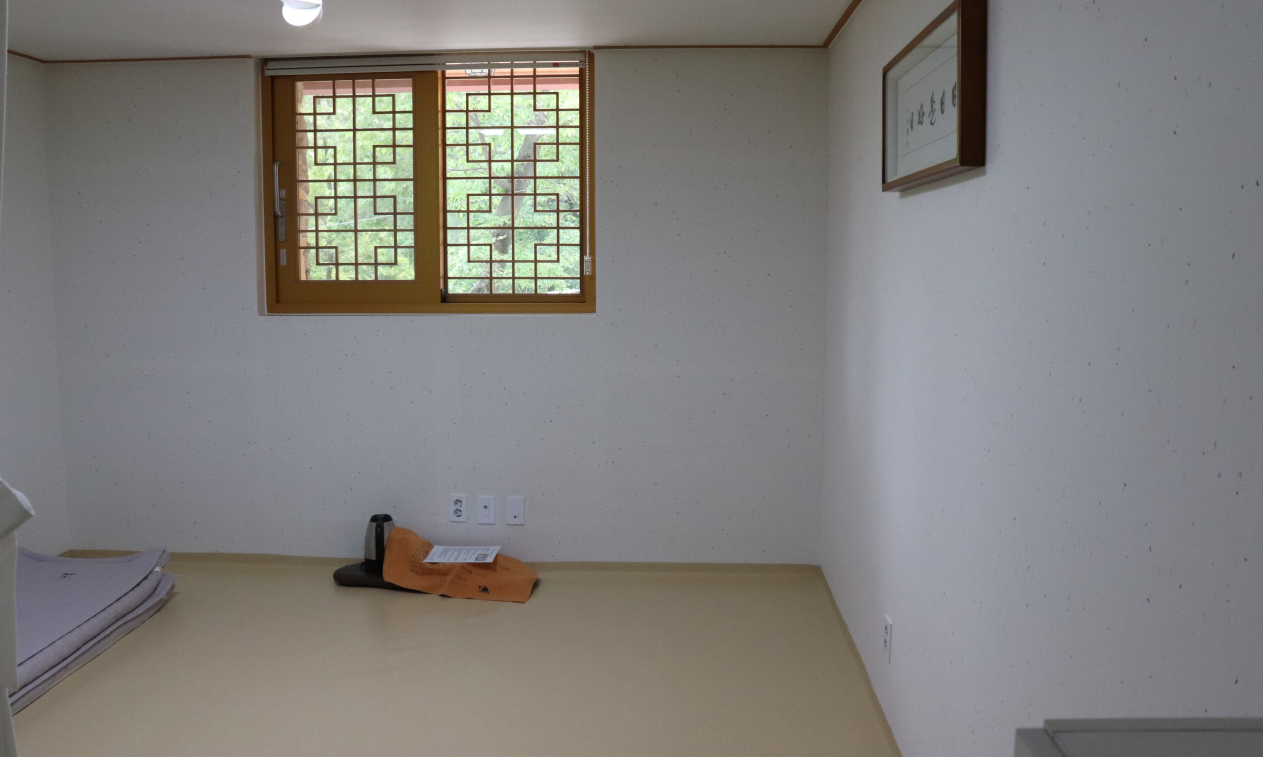
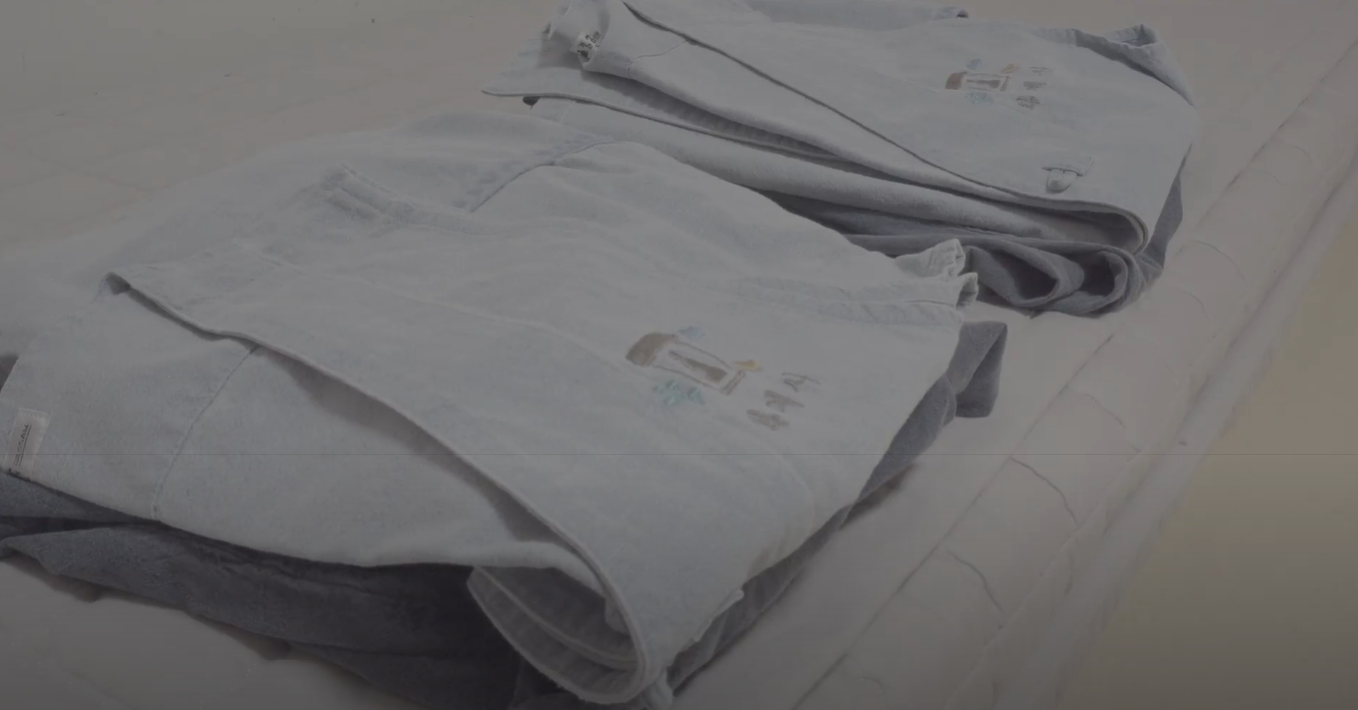
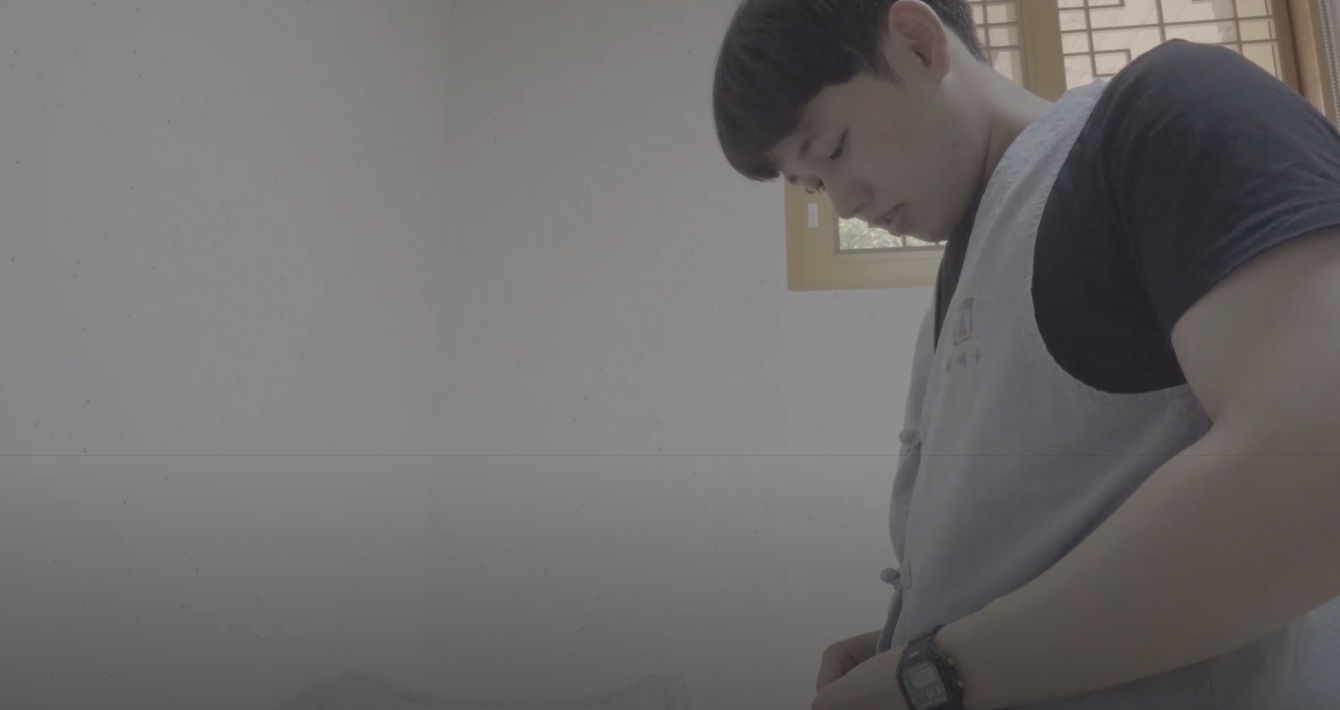
First, we were guided to our room that we would stay for the night. It was a clean room with minimum furniture. There were mattresses for each person, beddings, a tea set, and clothes to wear during our stay. The texture and fit was so comfortable to move around. We quickly changed into it and joined others for the quick guide around the temple.
2. Temple Halls
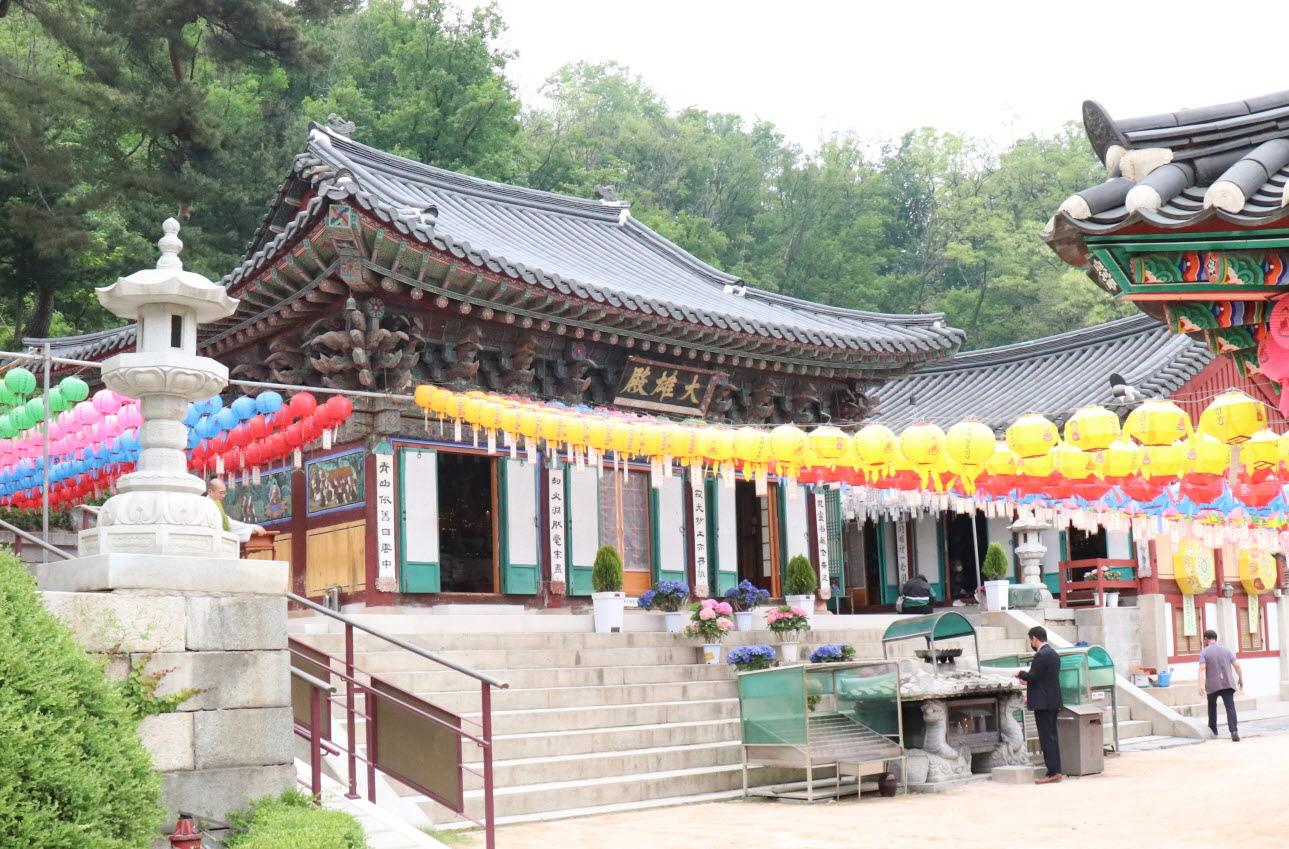
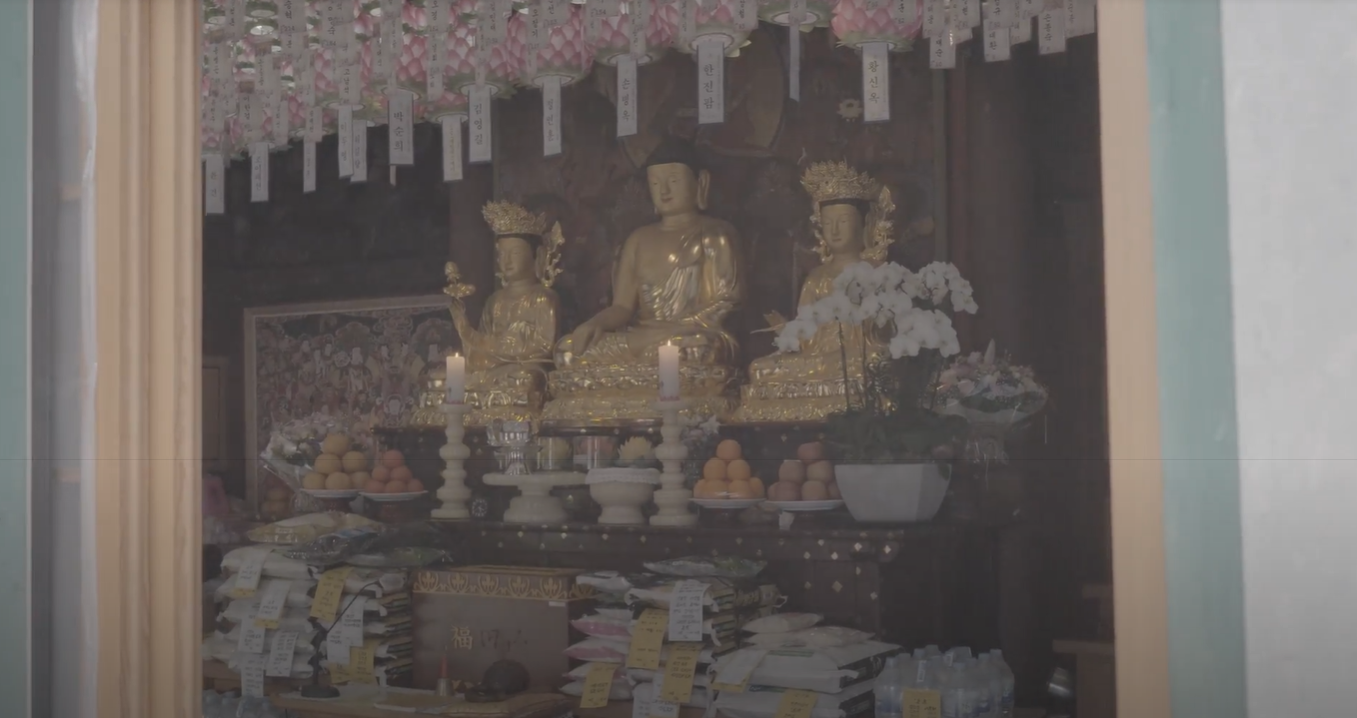
The first place you must visit when you are in a Korean temple is the Daeung-jeon. It's the place where Sakyamuni, who's the highest Buddha, is placed. People were praying to the Buddha, so we quickly moved on for the next introduction. 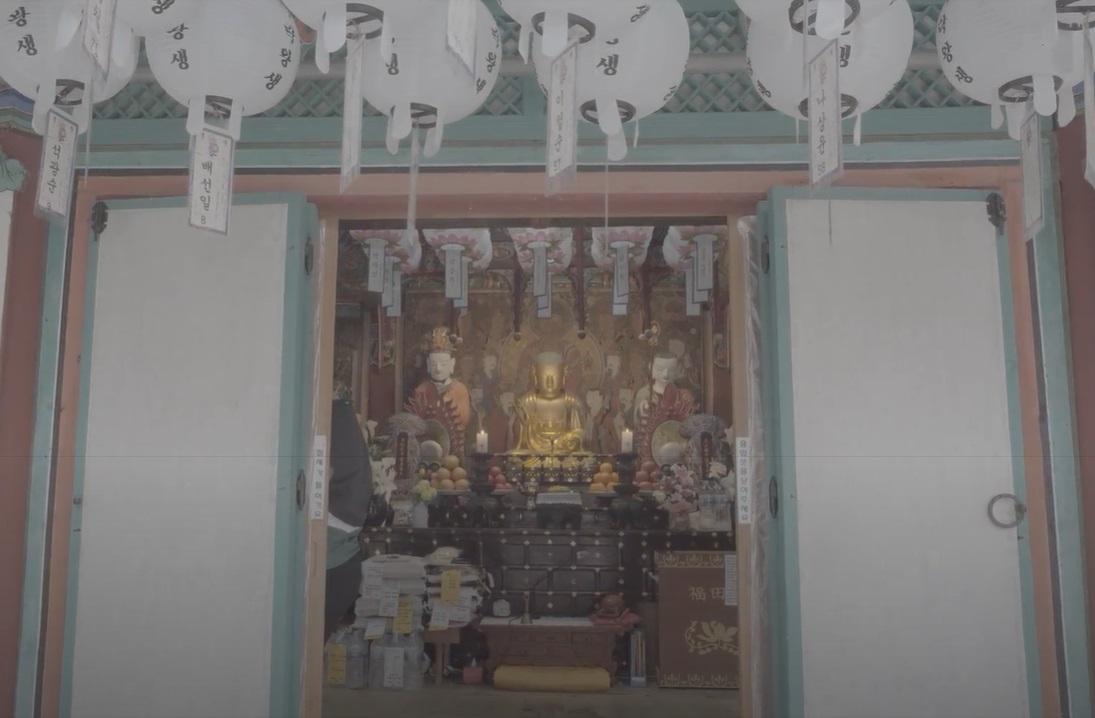
Next place was the Myeongbu-jeon, where they hold Ksitigarbha Bodhisattva. He is in charge of the judging the decedent, and the whole afterlife world. The room was filled with judges of each hell that will tell your sins from your formal life. There were pictures of decedents and prayers from their families that wish the best luck afterlife.
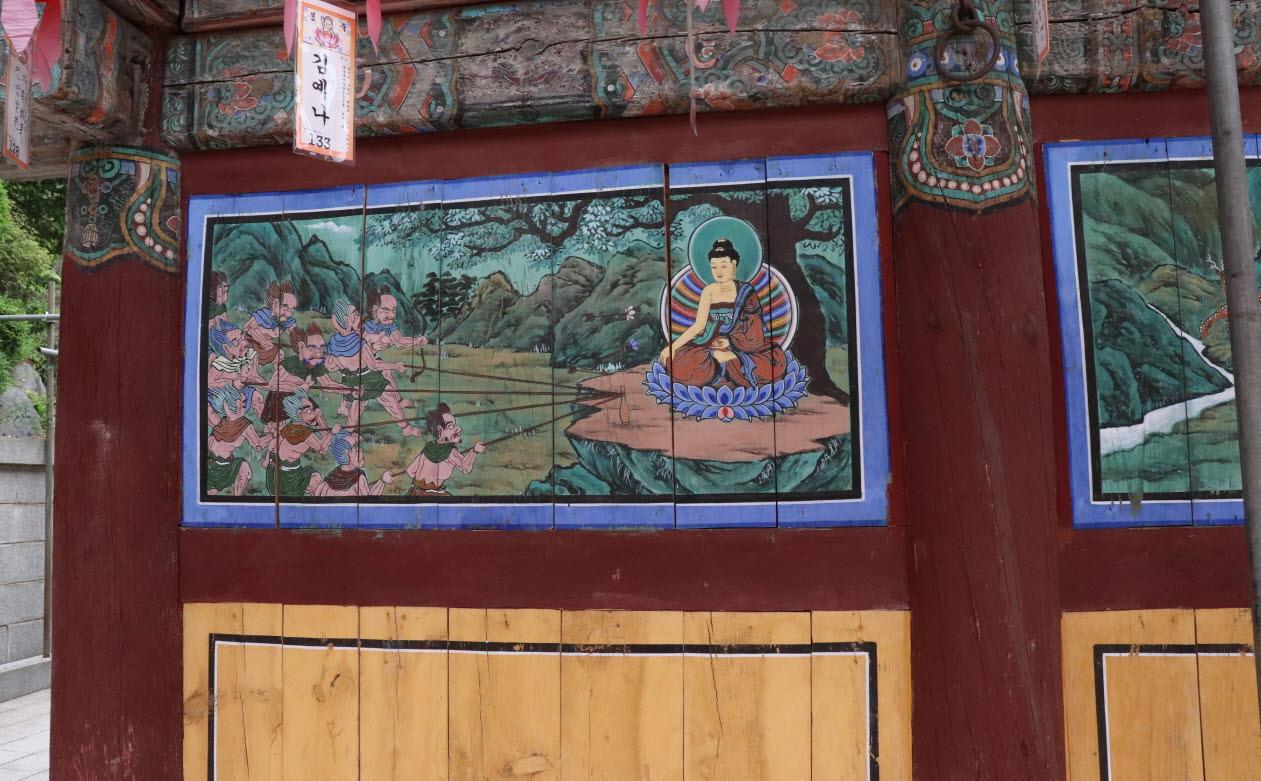
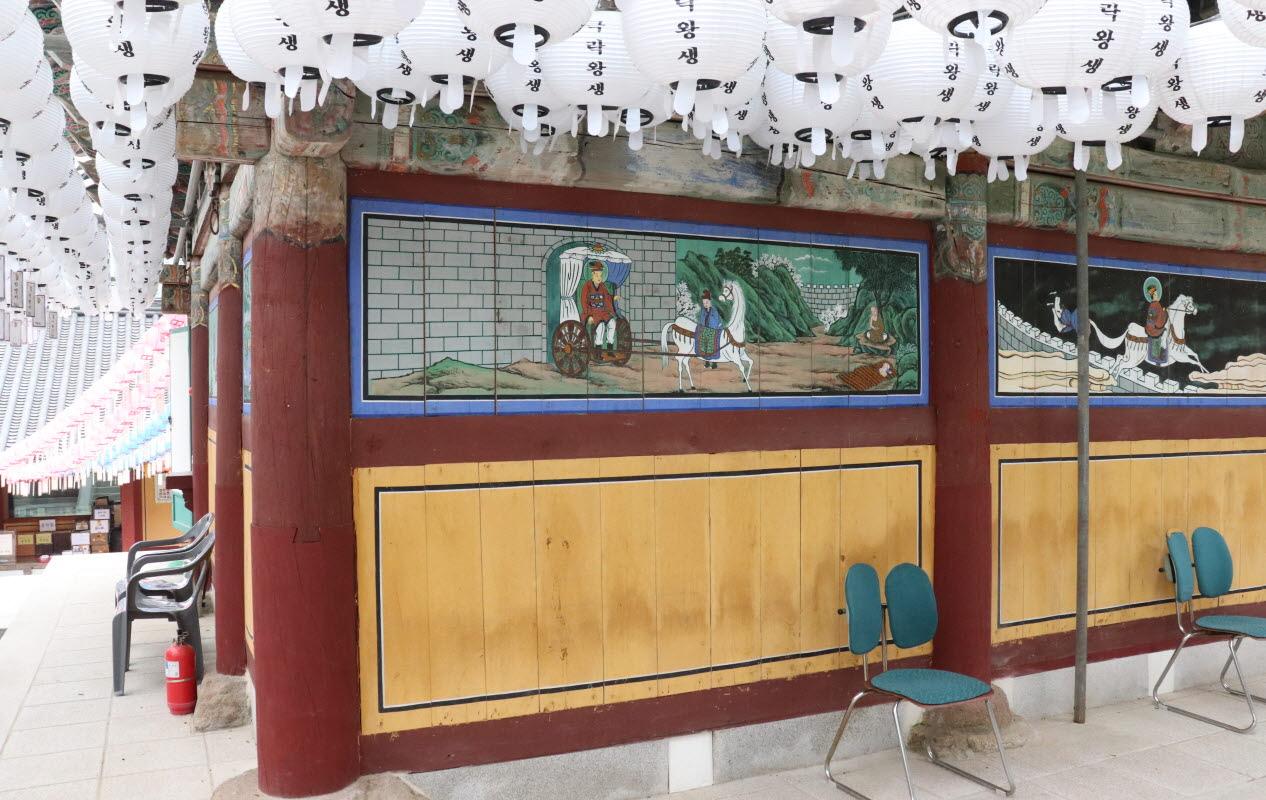
Outside the Daeung-jeon and Myeongbu-jeon, there were paintings of Buddha's life, and the instructor told us the details of the story. Paintings were full of symbols and lessons, and anyone could understand without words. You'll learn detailed contents of the stories when you visit!
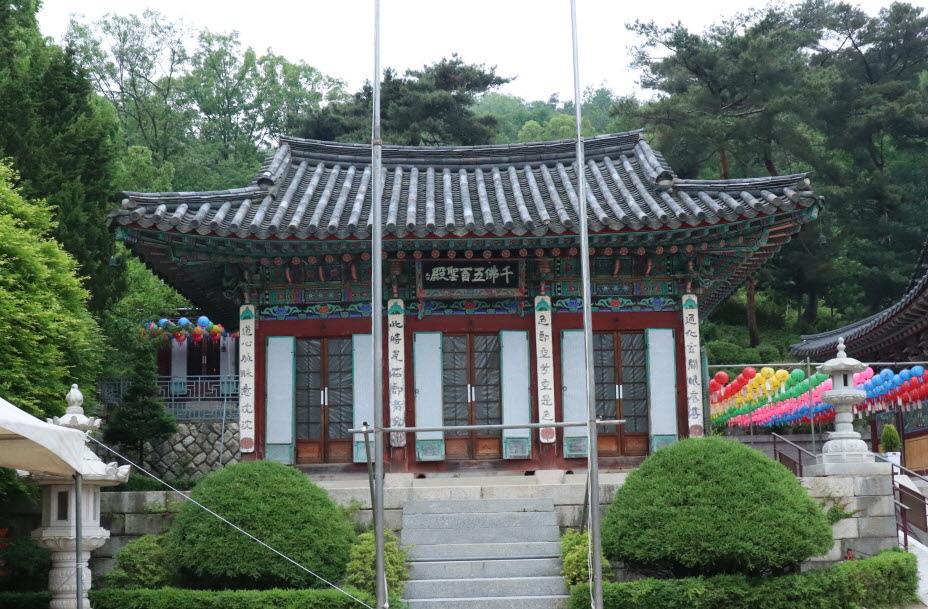
The next hall was where 500 Buddha's disciples were placed. There was a small statue of Buddha surrounded by his disciples made of stones. Here, we learned to bow in the Buddhist way.
- Hapjang
![Find peace within from a temple stay within Seoul!]()
You put your hands together and bend your upper body to bow. You hapjang when you say hello to a person, or before you kneel and pray to the Buddha.
- Jeol (bae)
![Find peace within from a temple stay within Seoul!]() It's a deep bow that you do to show your respect and humbleness to the Buddha. They call it Ohchaetuji, which means that you put five parts of your body to your ground; knees, elbows, and forehead. It shows that you dedicate your life to the person receiving the Jeol. Bae is the numeral for Jeol, which you use in 108-Bae.
It's a deep bow that you do to show your respect and humbleness to the Buddha. They call it Ohchaetuji, which means that you put five parts of your body to your ground; knees, elbows, and forehead. It shows that you dedicate your life to the person receiving the Jeol. Bae is the numeral for Jeol, which you use in 108-Bae.
3. Mountain Climbing
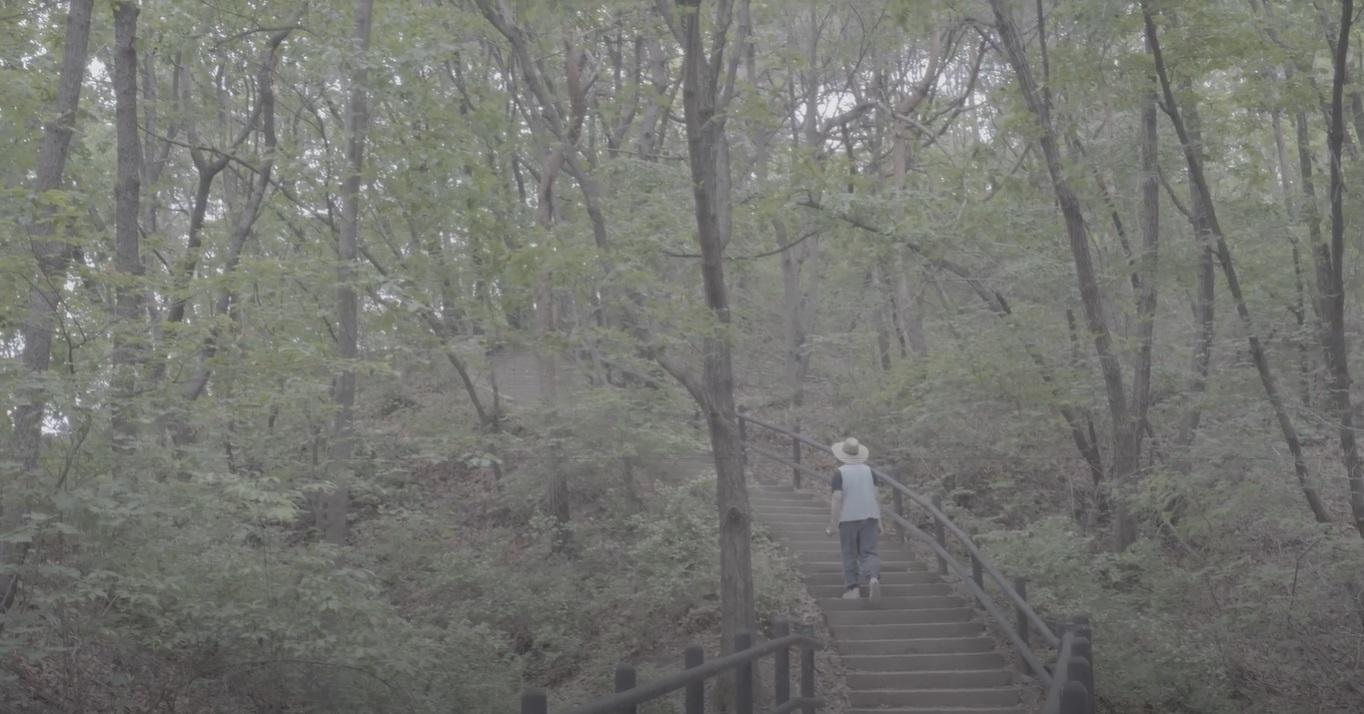
It was the end of the introduction. Because of the Coronavirus, all the activities weren't mandatory, and we could choose to participate or not. We were informed that dinner would be at 4:30. In the meantime, we decided to go hiking to the mountain next to the temple. There was an observatory just 15 minutes away, which was the perfect distance to travel before dinner.
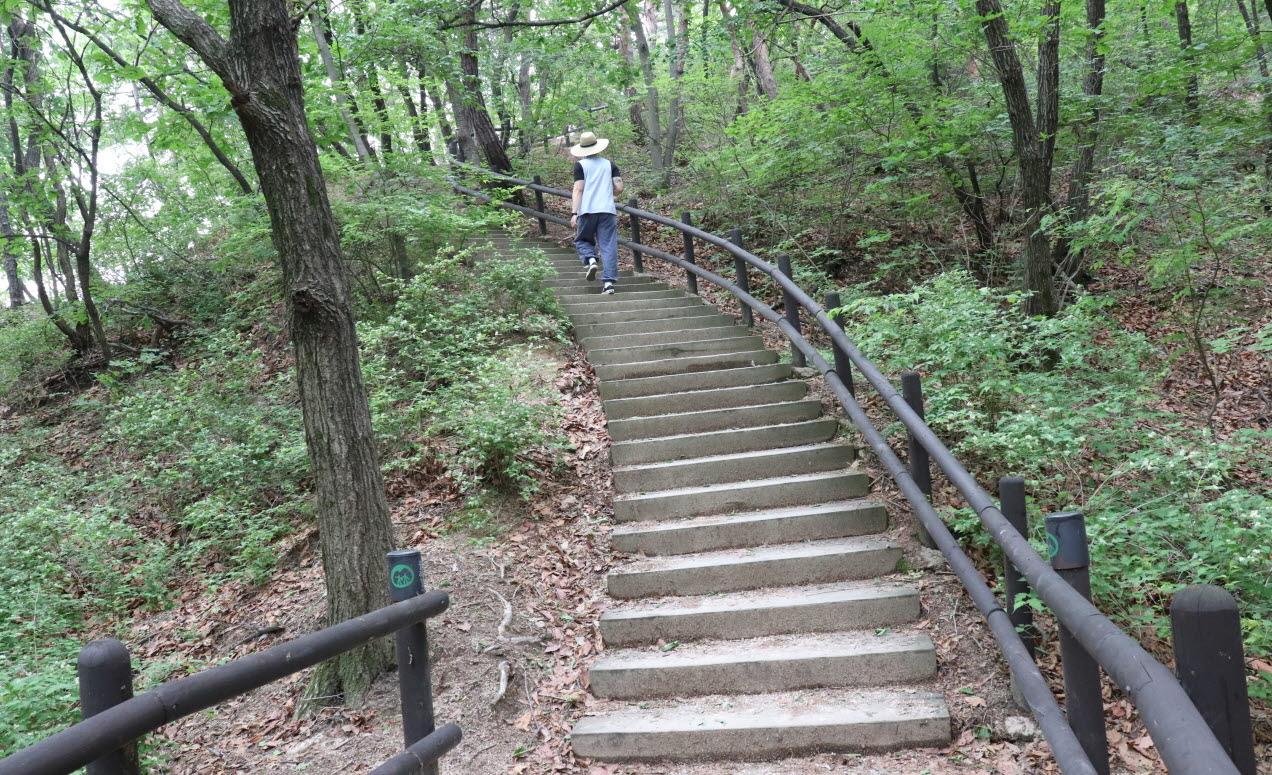
The slopes weren't too steep, and it was a short hike. The smells of the trees were refreshing, and it was fun seeing all the natural environment around me. We got along with the other participants while climbing up the hills and talked about why we joined the program. Before we knew it, we got to the top of the observatory.
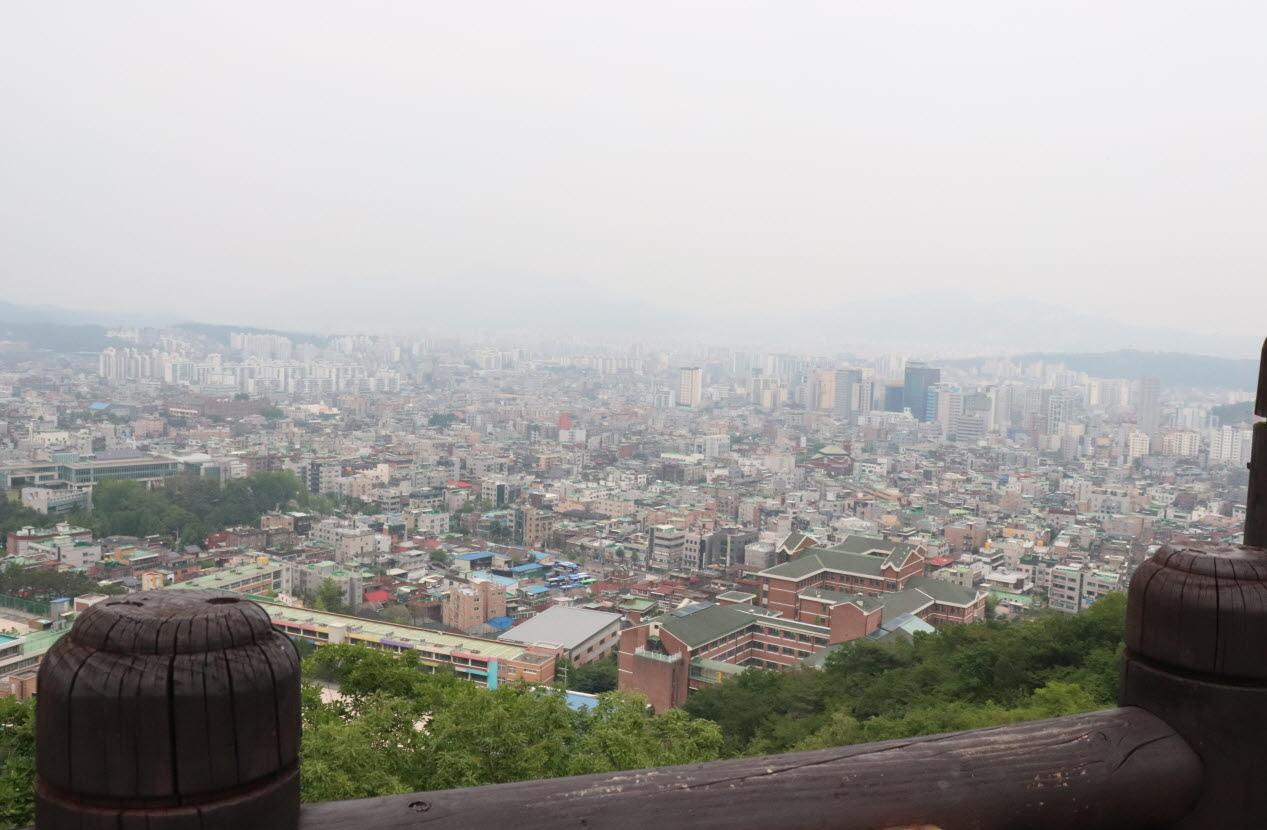
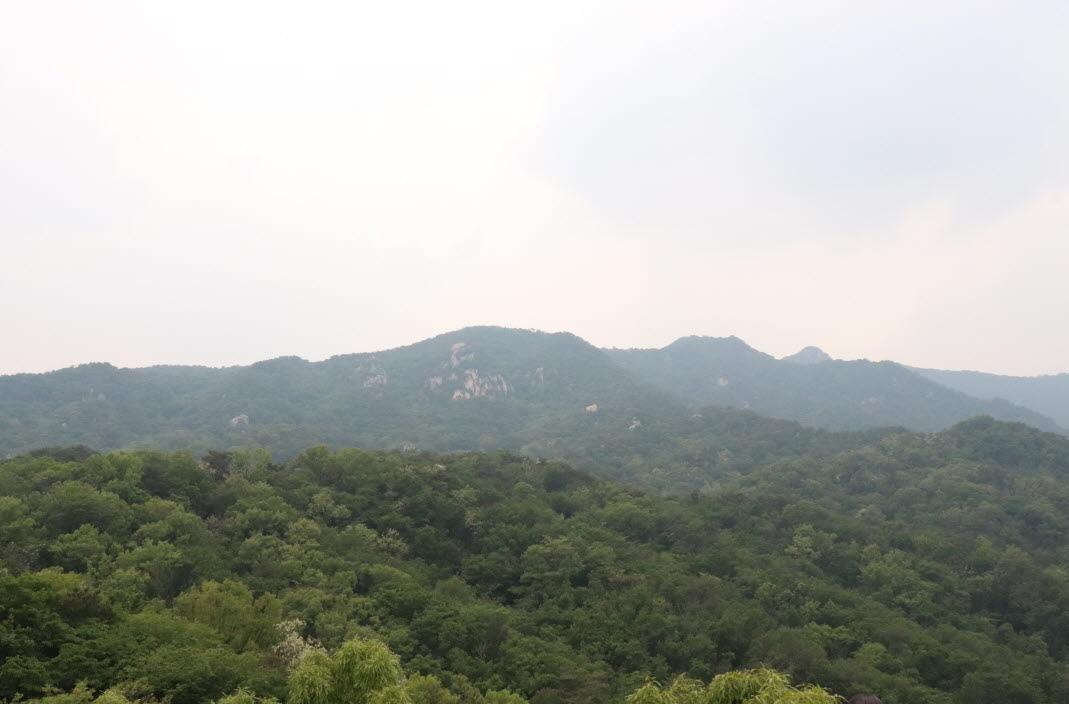
At the observatory, we could see the whole of Seoul from a bird-view. We just hung around even though there was nothing to do. We enjoyed the sun, the view, and the vibe. Then we headed down for the early dinner.
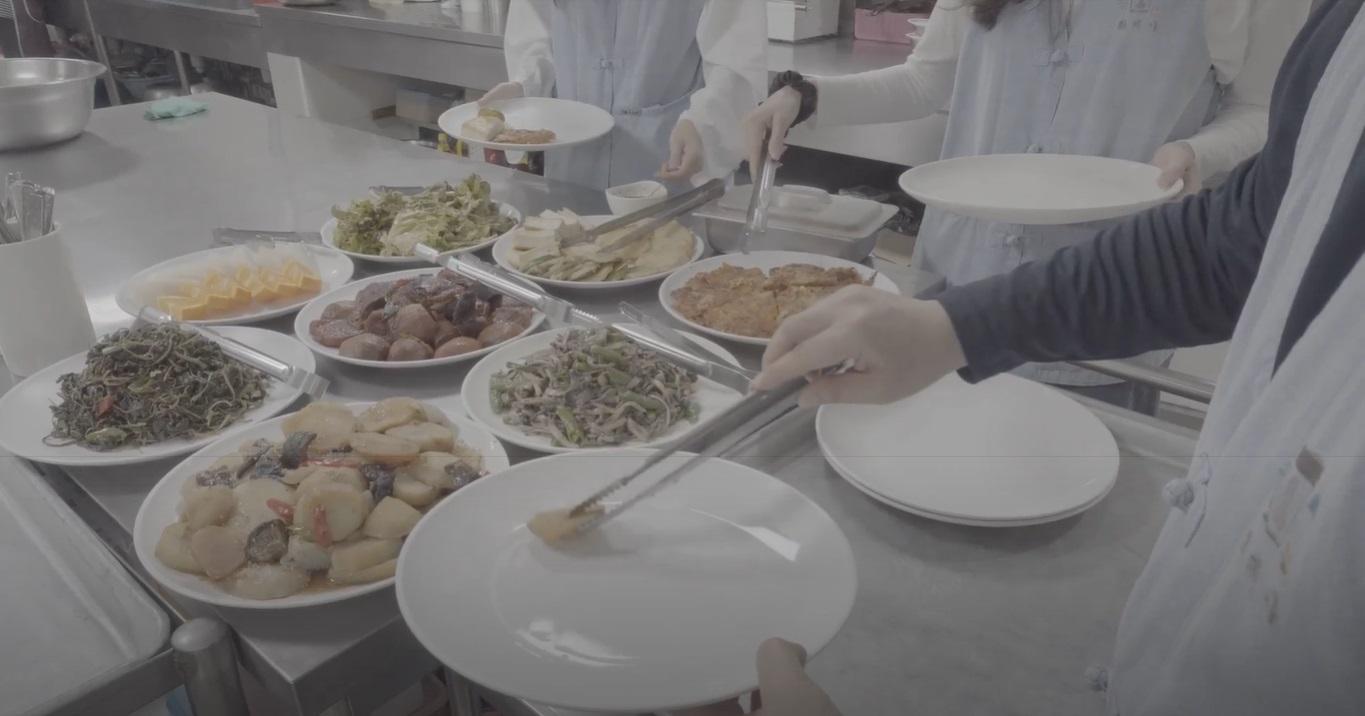
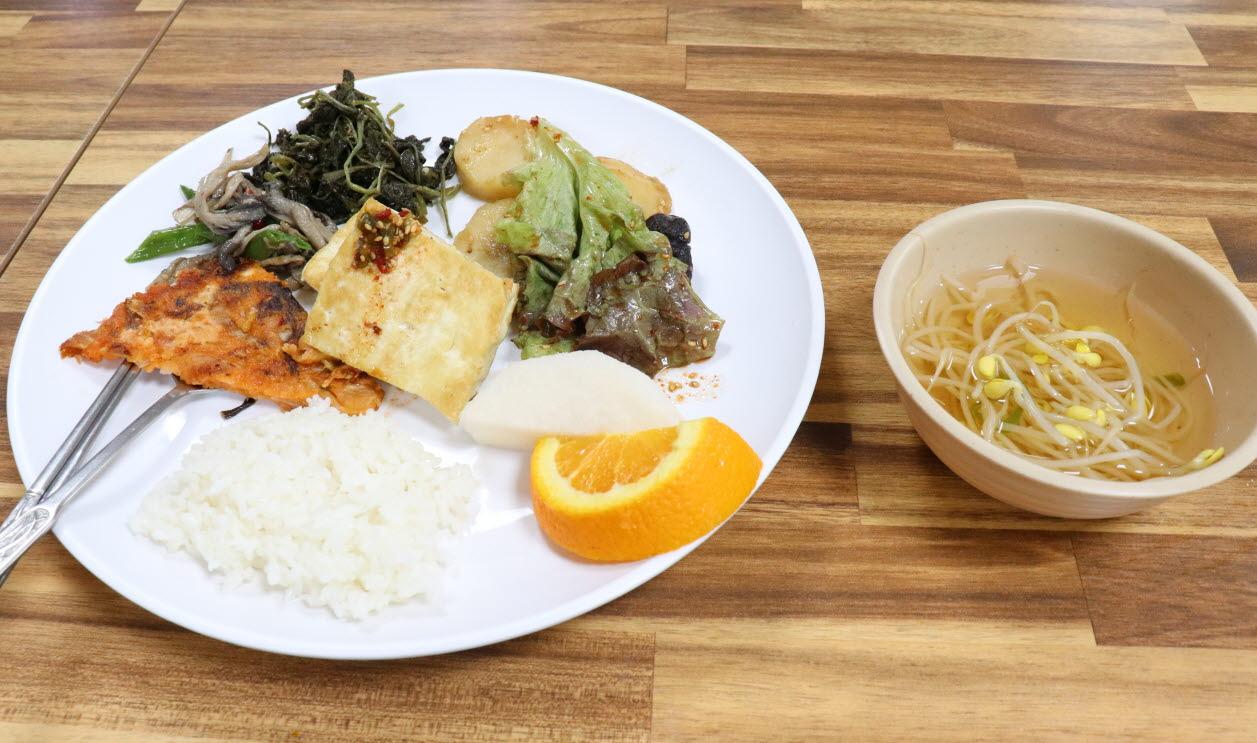
I didn't anticipate that much for the temple foods since Buddhist monks do not eat meat. There were fresh seasoned vegetables and fruits. These vegetables are what make the Korean table authentic, and you can feel the taste of each ingredient. In Buddhism, all life is equally precious, and you shouldn't let any life be wasted. You should take only as much as you need, and don't make leftovers. After you finish your meal, you should wash the dishes and clean the place as if nothing has happened.
4. Temple Activities
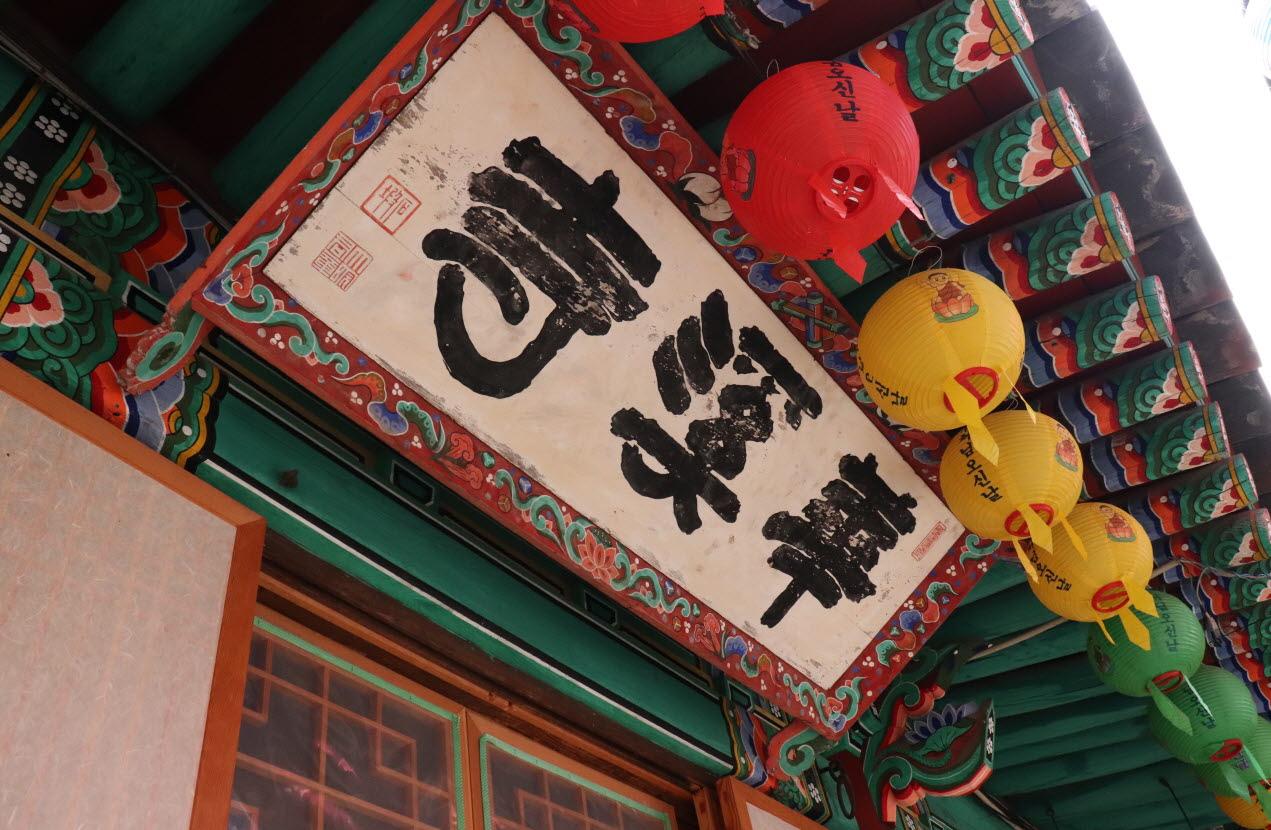
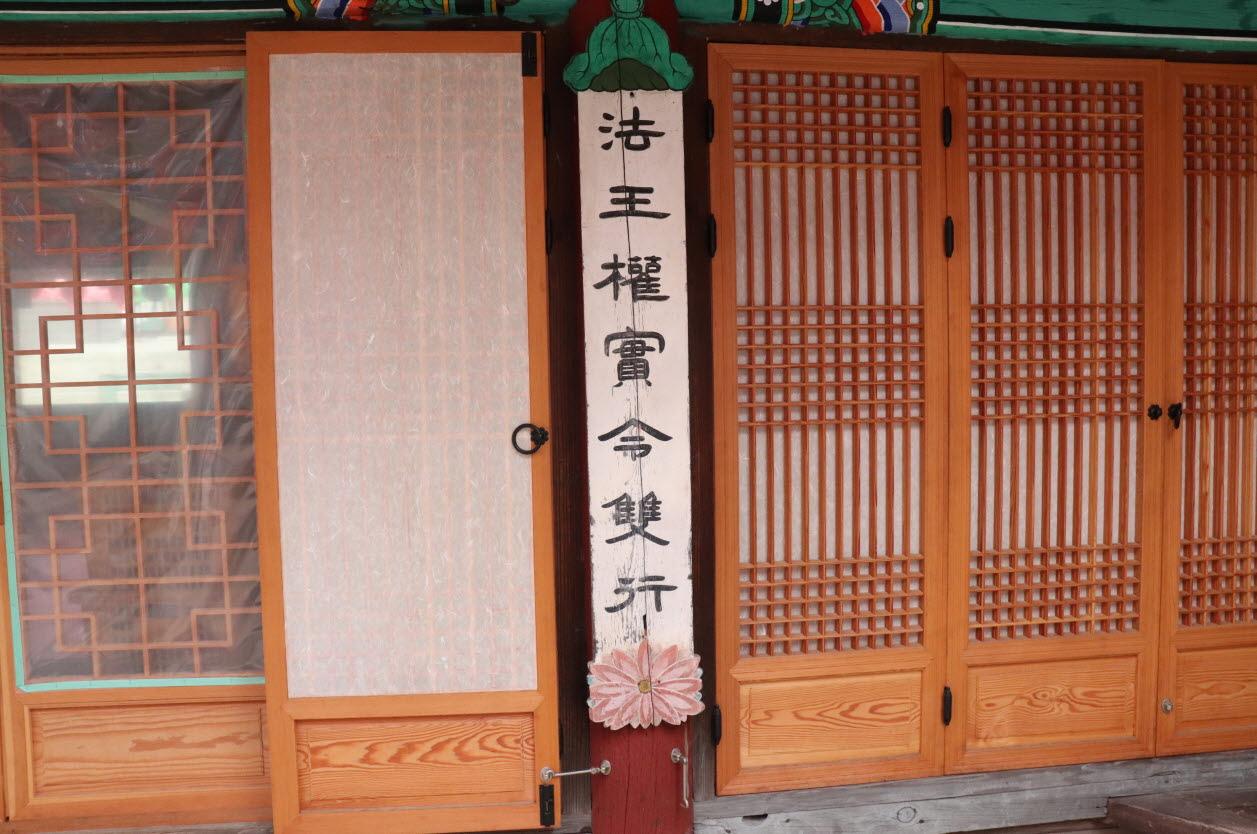
After we finished our meal, we walked around the temple to take a detailed look at the places. There were writings by Heungseon Daewongun, who's a father of Gojong, the last king of the Joseon Dynasty. He was famous for his drawings and writings, and it shows how important this temple was in the past. 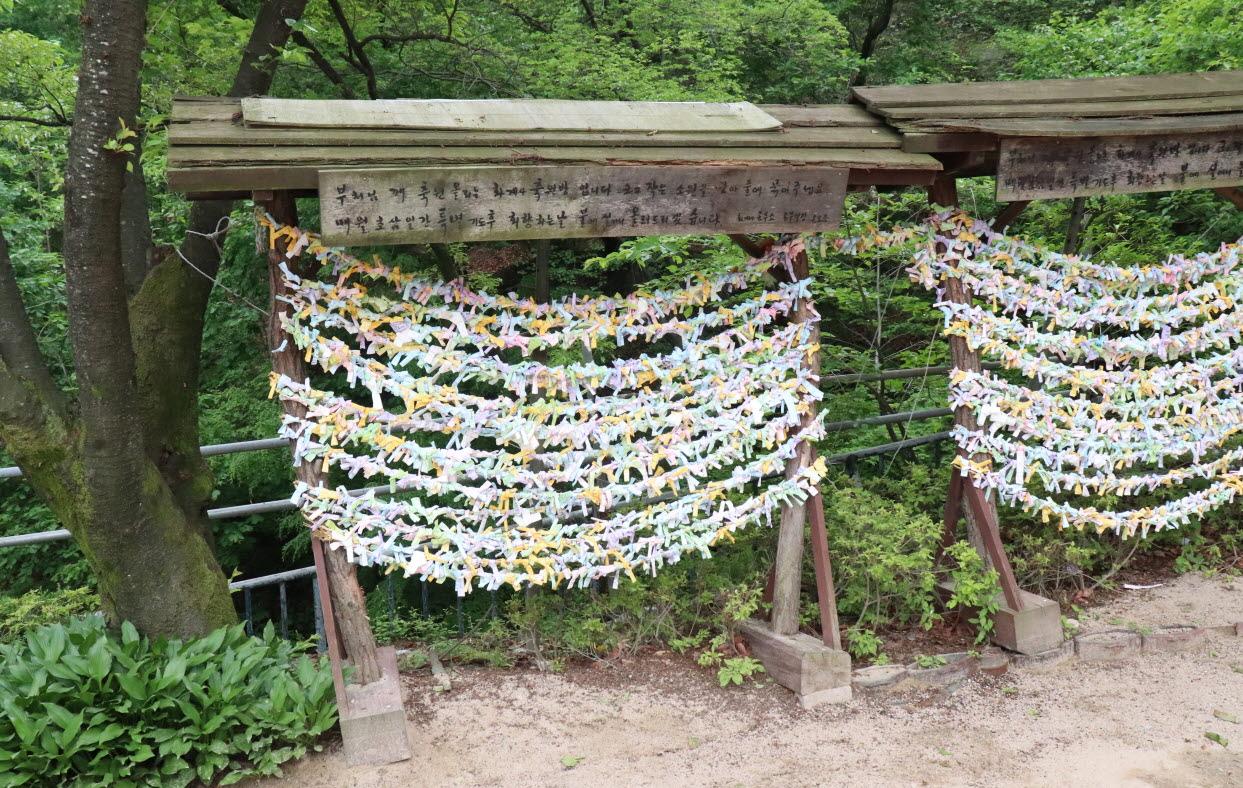
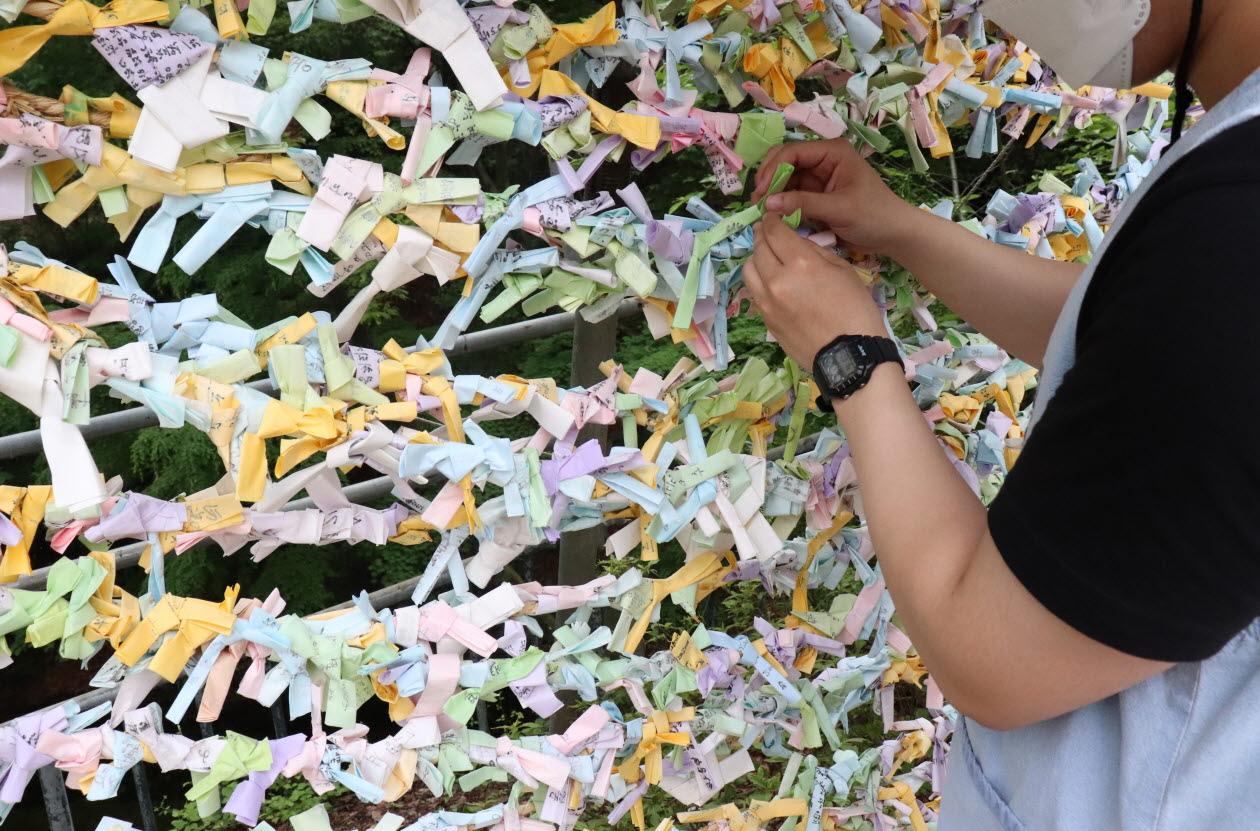
Then we found a place where we hang letters to the Buddha for our wishes to come true. I wrote my wishes and tied it up at the bulletin board. It will be burnt at the ceremony of Buddha's birthday, and hopefully, our wishes will arrive at the heavens.

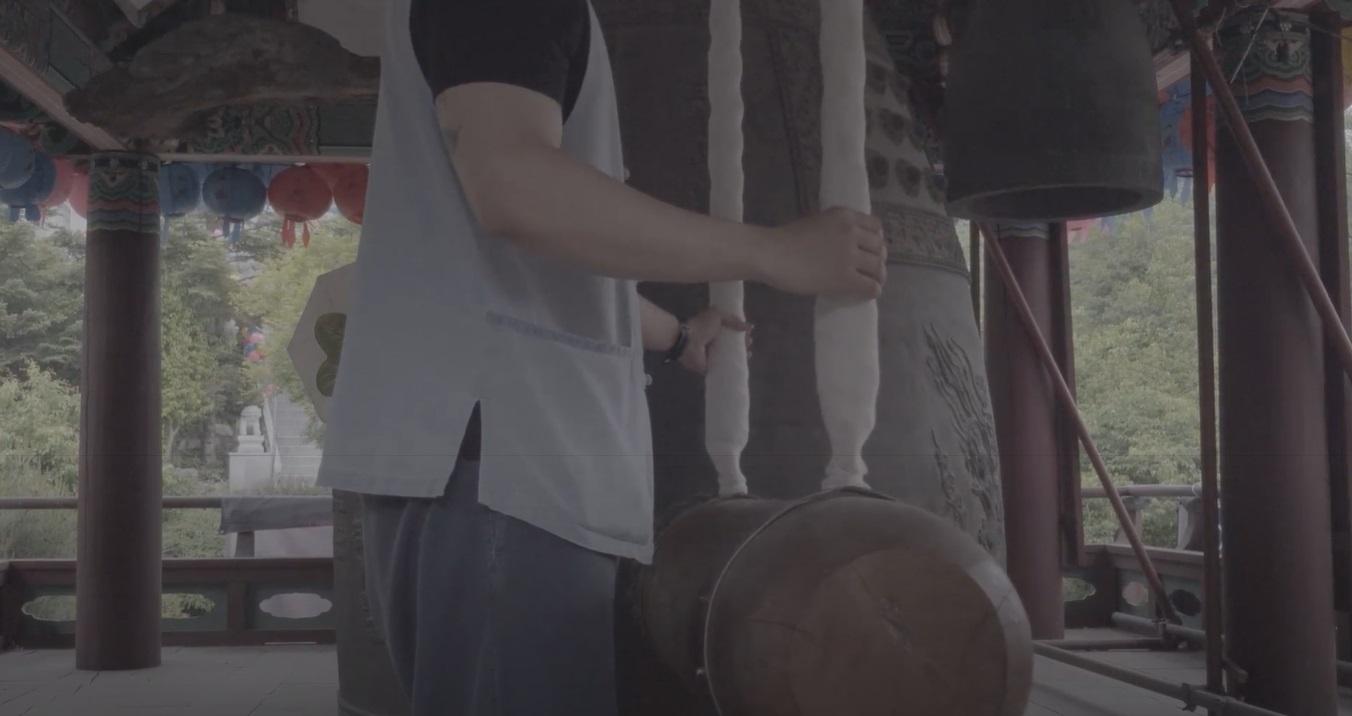
At 5:45, there was a bell-ringing ceremony. We got to strike the bell, and feel the resonation. Even though the sound was loud, it didn't hurt but made me at peace. You can't be too quick or too slow. Count to seven until you strike next. This ceremony takes place before the 'Yebul', which is a Buddhist version of a Catholic Mass. It's a notice to let people know that you should gather for prayers.
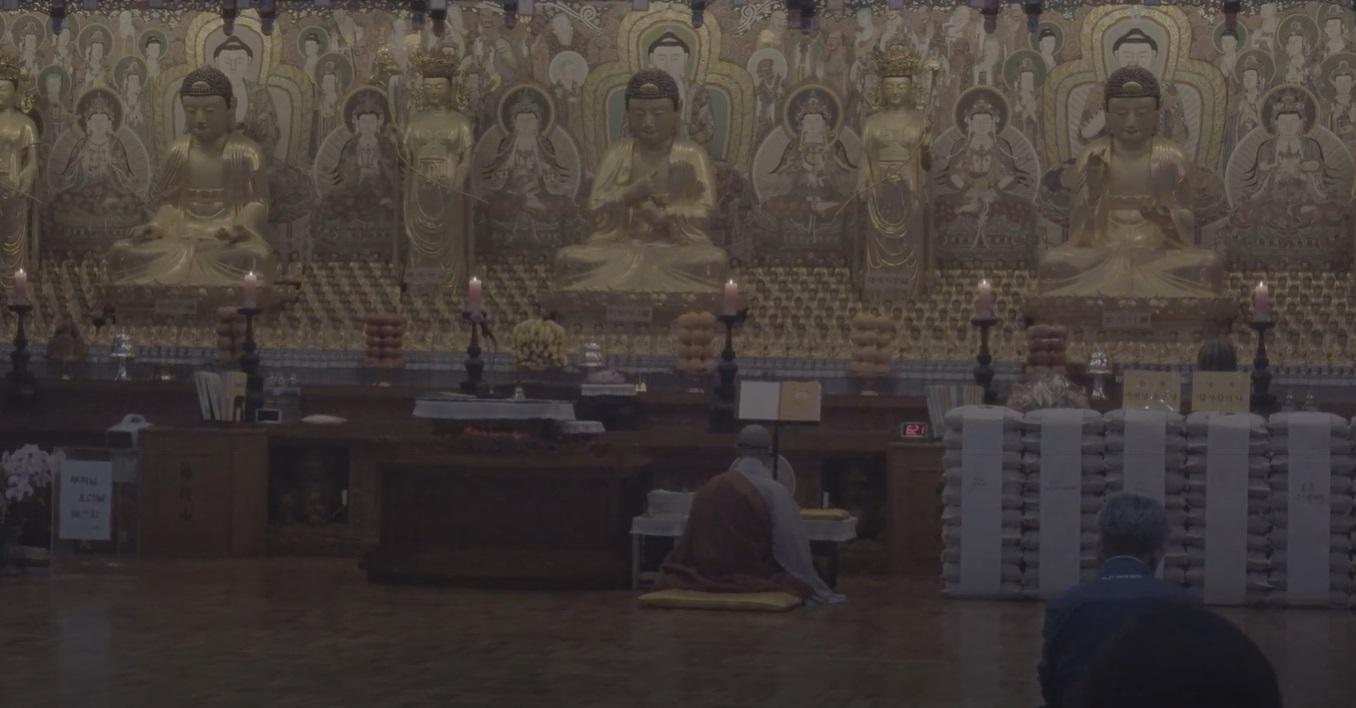
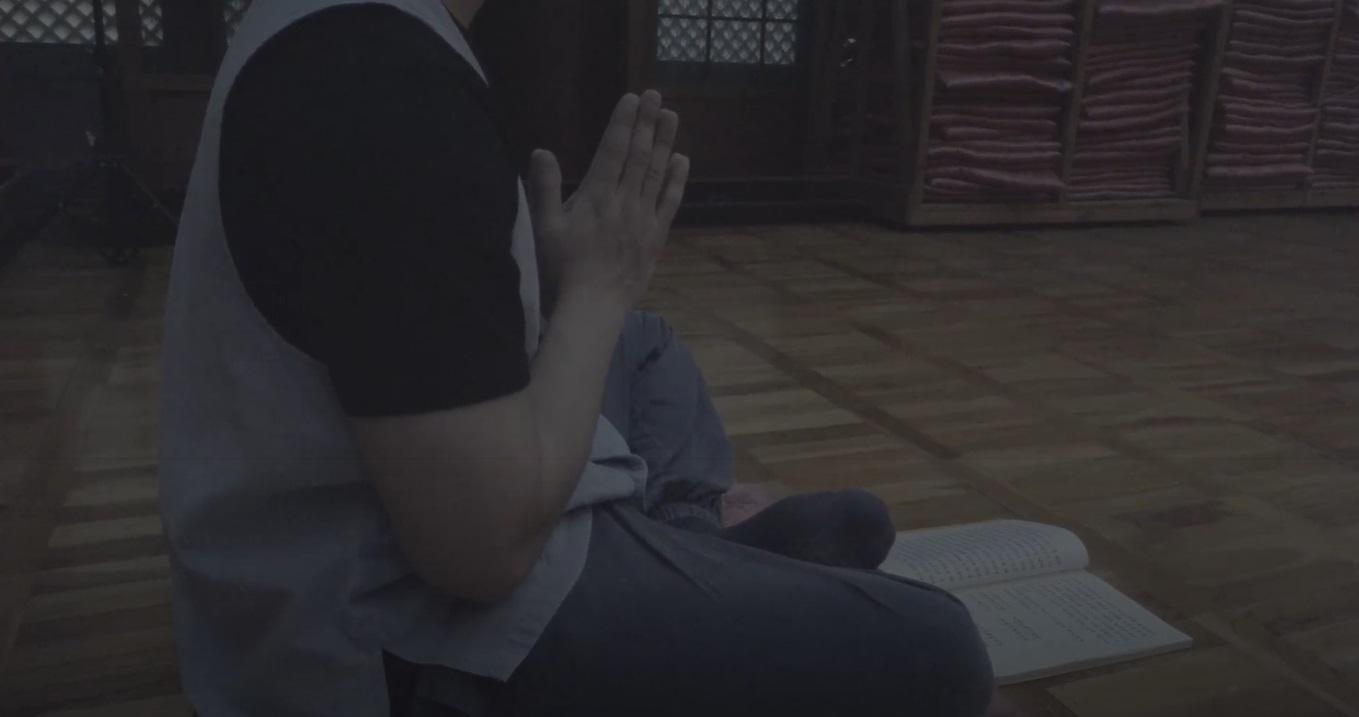
At the Yebul, the chief monk chant the Buddhist prayer, and participants vow to the Buddha accordingly. The chanting sound and the moktak(wooden percussion) beat are so rhythmical it sounds like a song. The ceremony was about 1.5 hours long but it didn't feel boring or tiring.
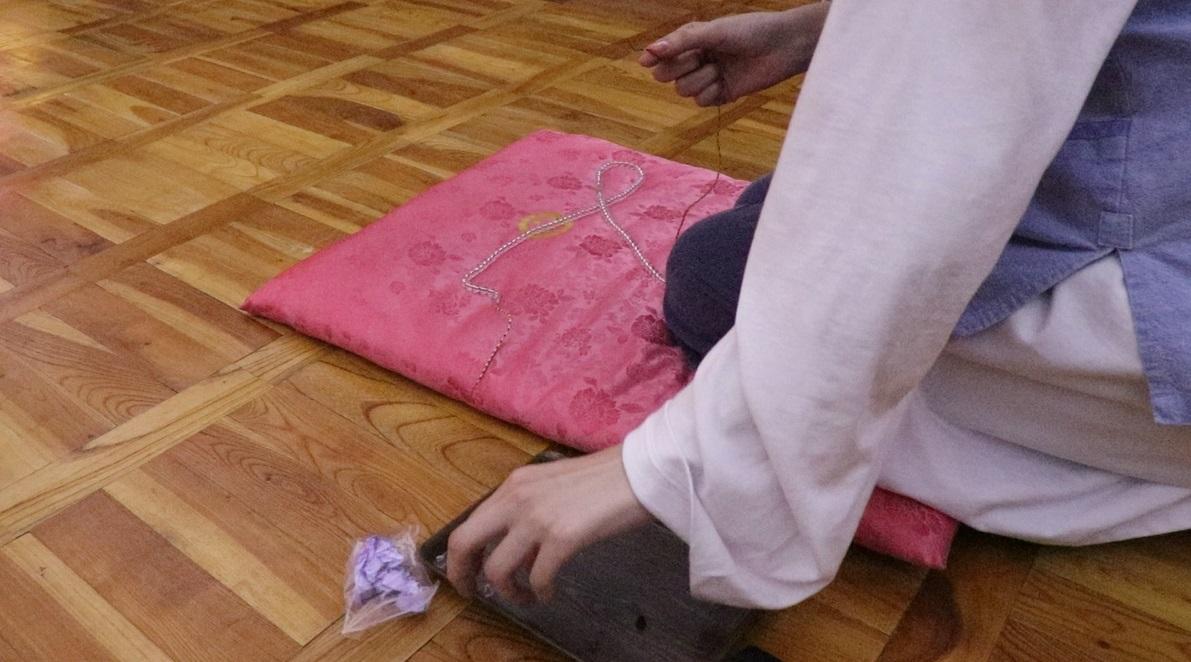
After the ceremony was over, we stayed over for the 108 bae. There was a guideline for prayers 1 to 108, and 108 beads to put strings through and make a Buddhist rosary. It looked easy at first, but as the numbers went up, the knees and back started to hurt. It was the first time I utilized the joints for Jeol, and in the end, I could barely stand. While I was doing it, I could let go of all the useless worries and focus on the act itself, and the feeling of accomplishment was great.
5. The Nightscape
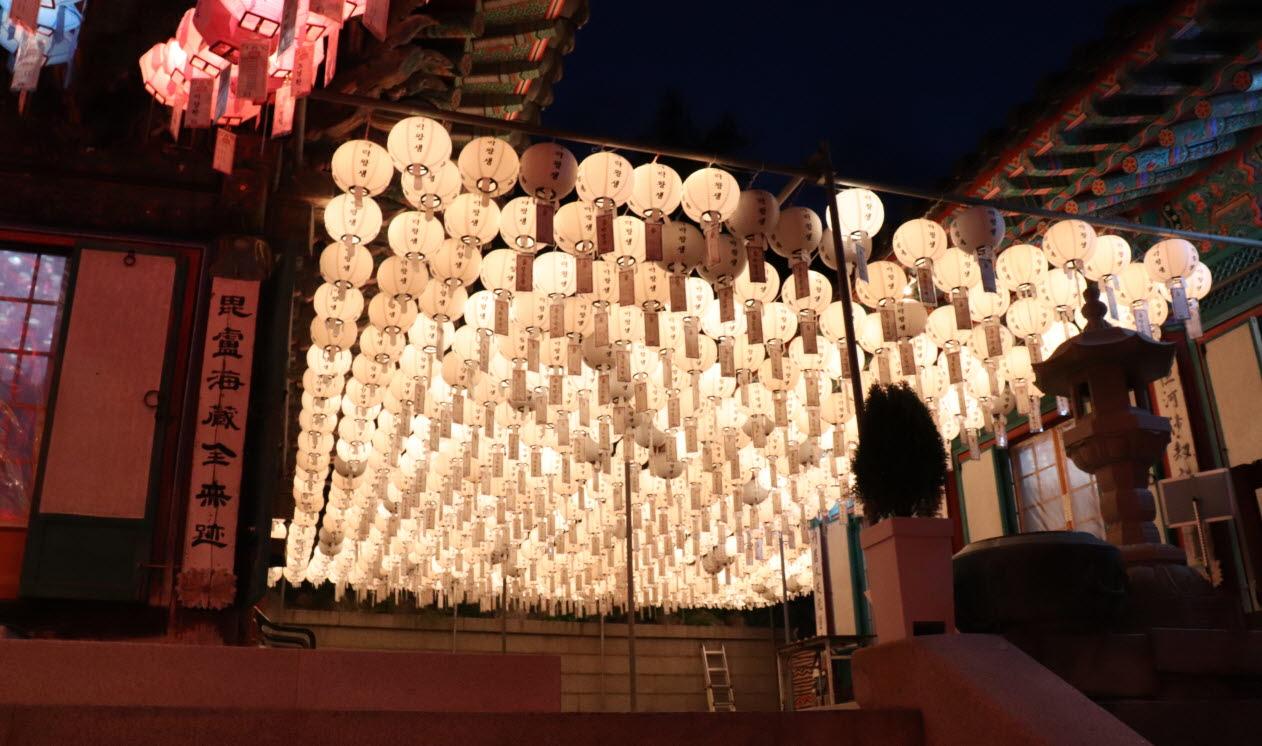
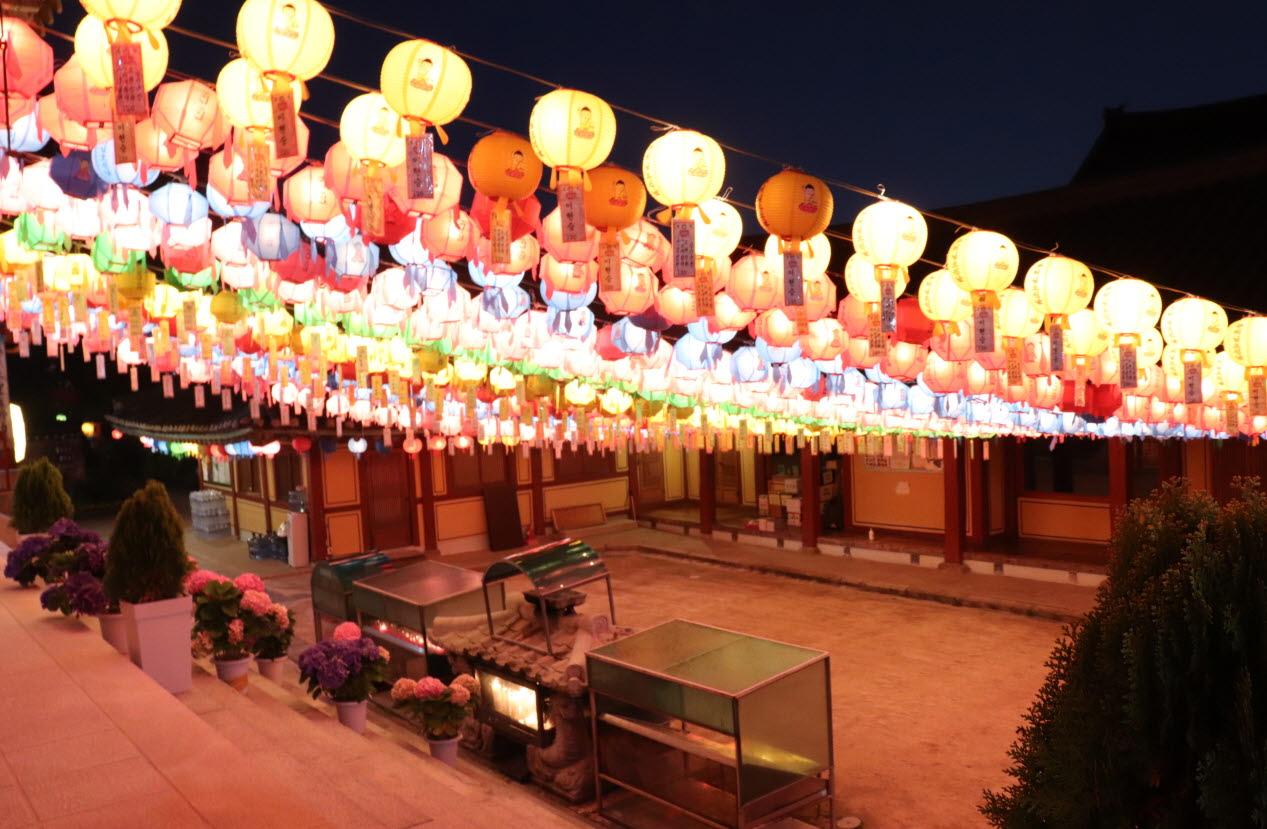
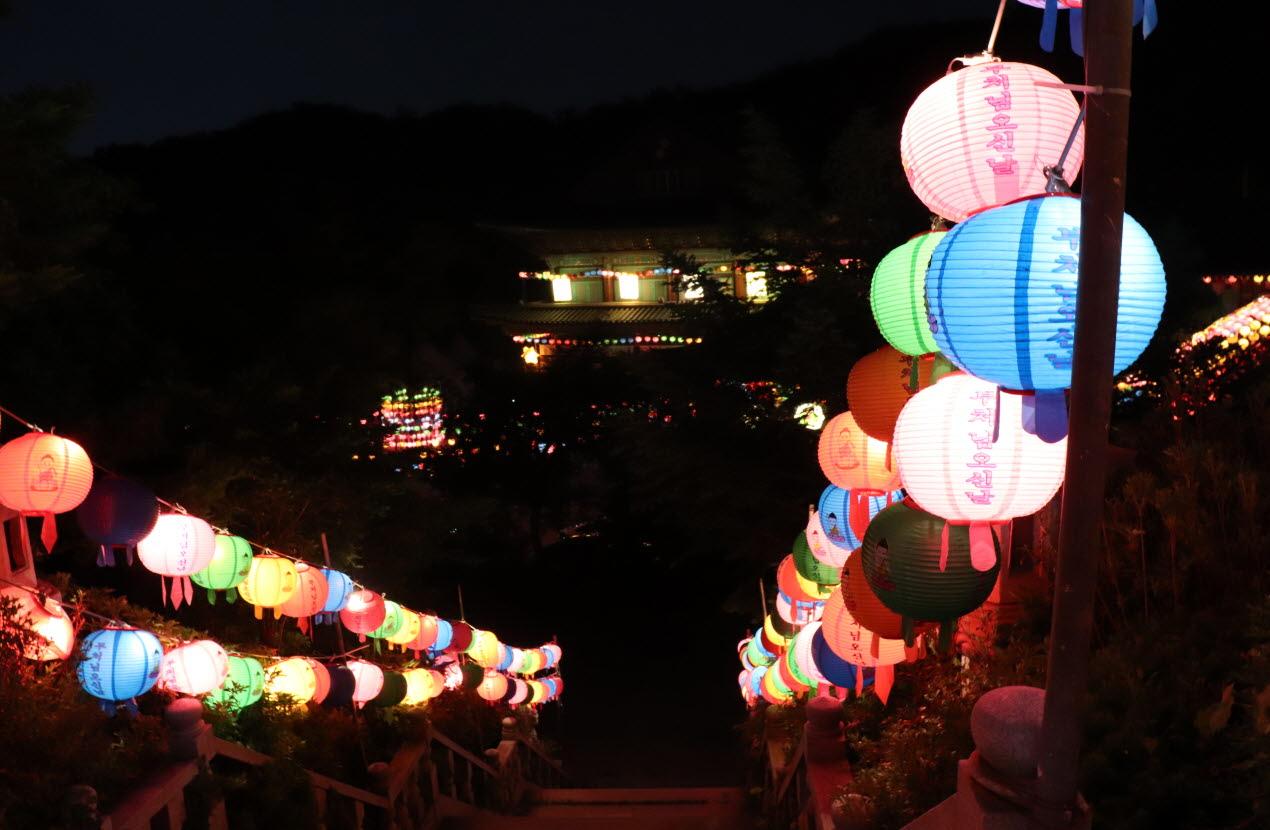
After I finished 108 bae, all the prepared activity was over, and we walked around the temple for sightseeing. Korean temples celebrate the birthday of the Buddha at the end of April. However, due to the Coronavirus, the event was delayed until the end of May. We got to see all the lights lit up for the celebration and all the colours were just beautiful.
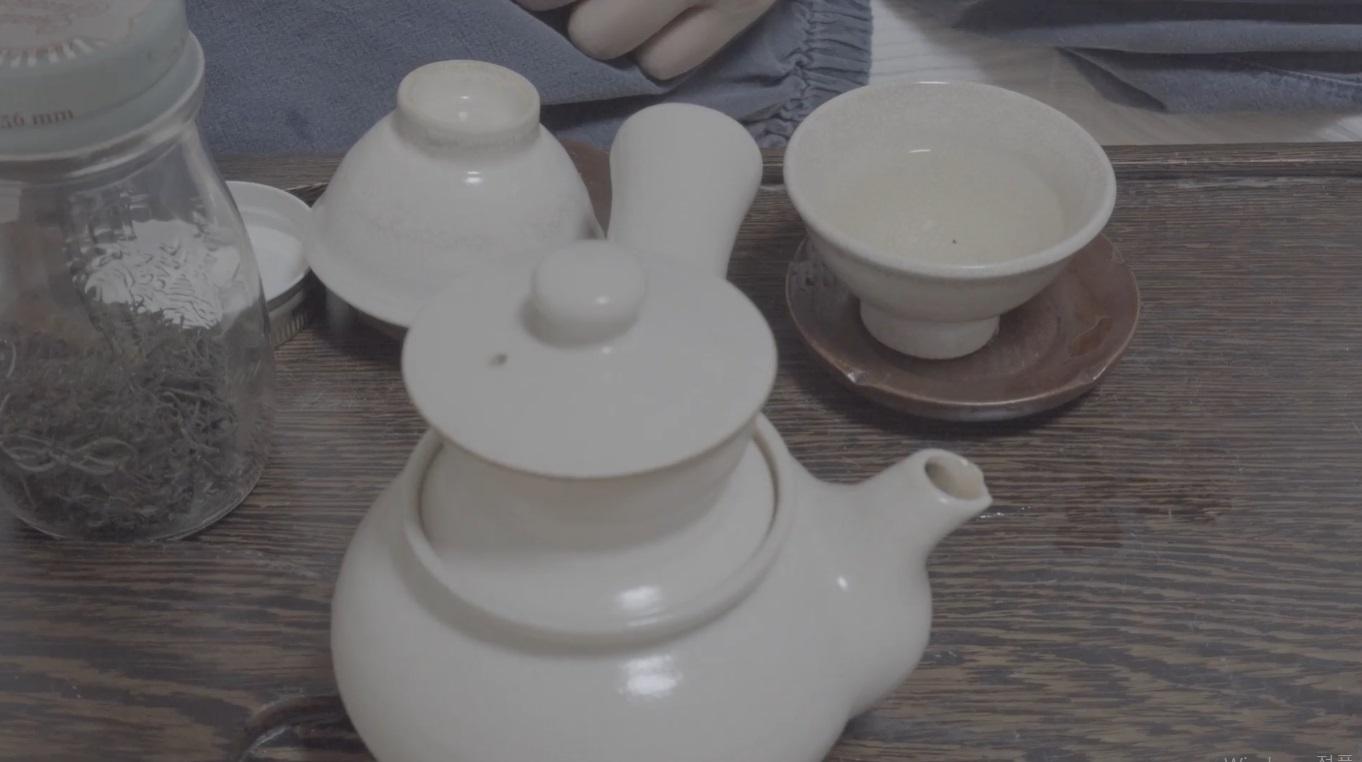
9 PM was officially the end of the program, so we had to head to our rooms. We tried the tea sets. There were two kinds of tea, lotus leaf and green tea. There were several steps to properly enjoy your tea time. You have to warm up the teapot and cups first so the tea can keep warm. Also, it's not always best to keep the tea hot. You have to wait after you boil the water to find the right temperature. Then, you can enjoy your cup of tea full of aroma that will ease your body and mind.
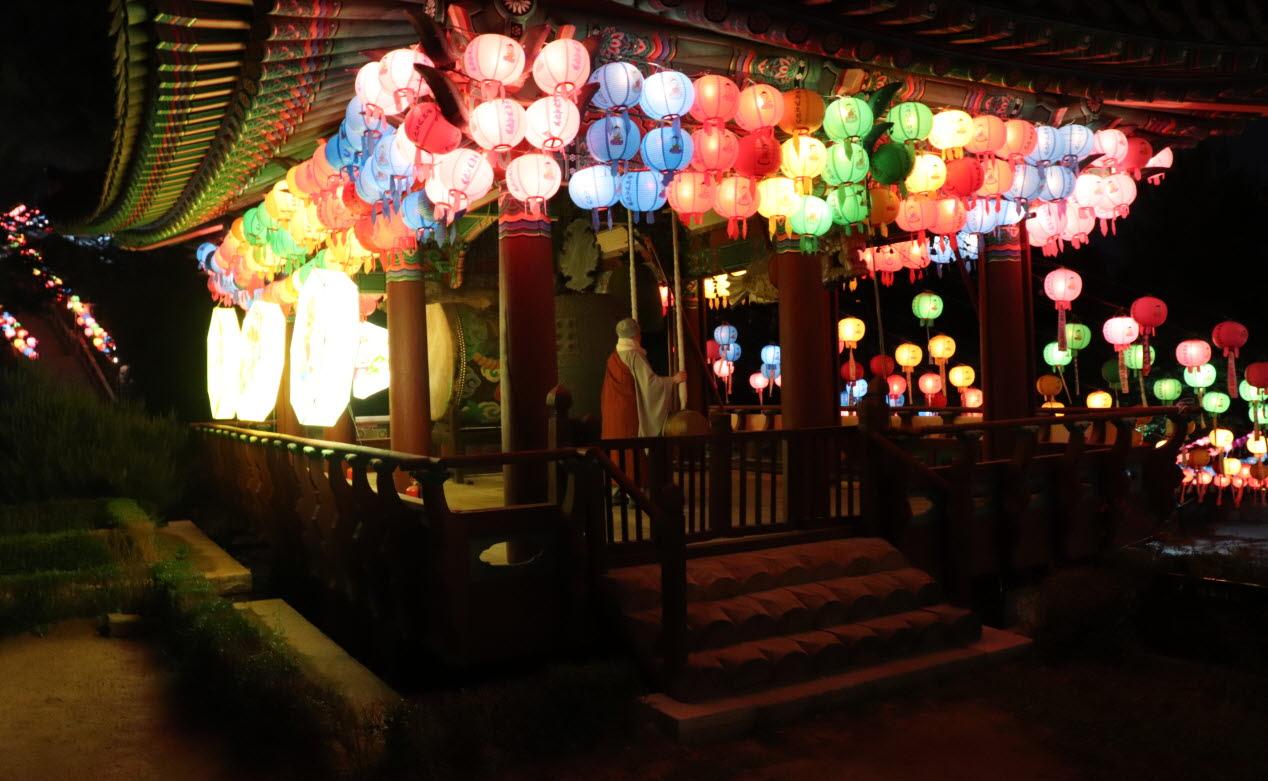
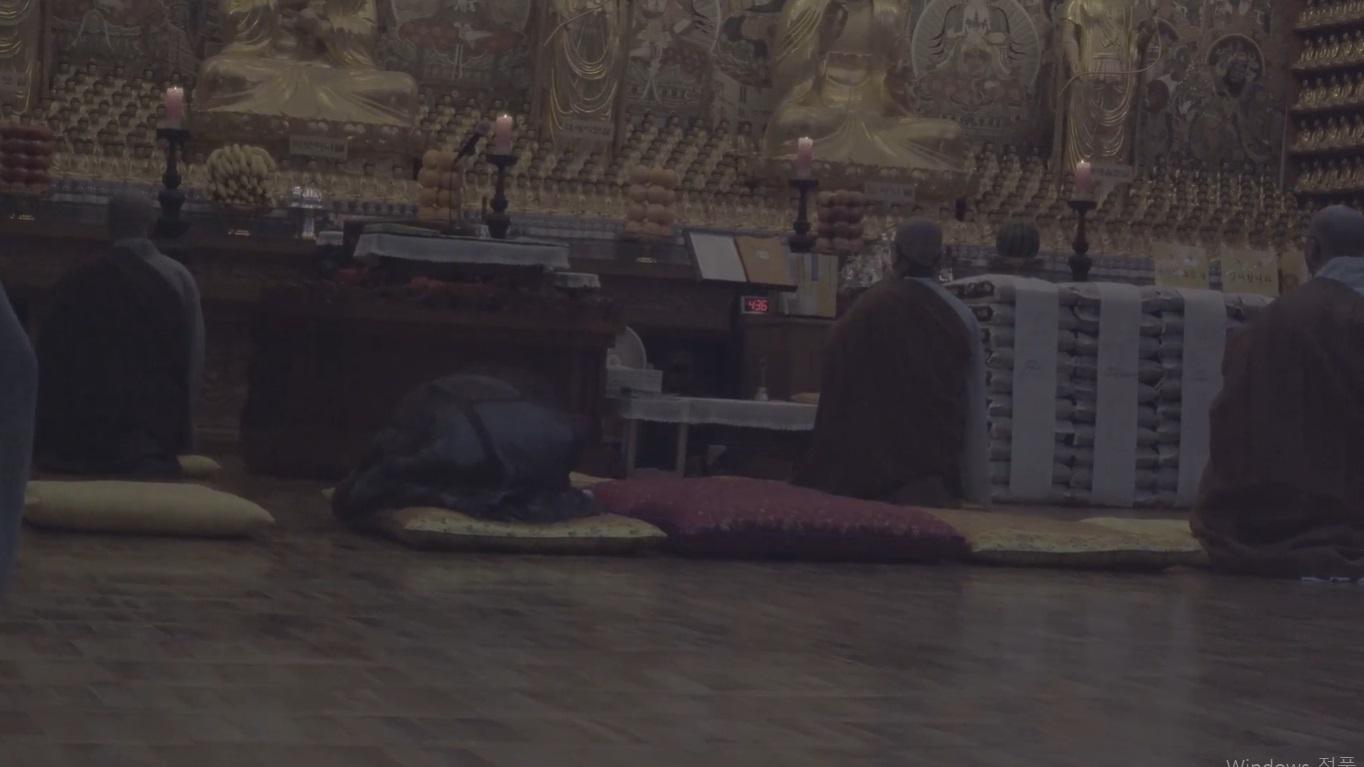
Temple's morning starts at 4 in the morning. Morning bells wake people up, so we can get ready for the day. We headed to the main hall for the morning prayers. After several jeol, we came out in the middle to see the sunrise from the observatory we went, yesterday.
6. Farewell

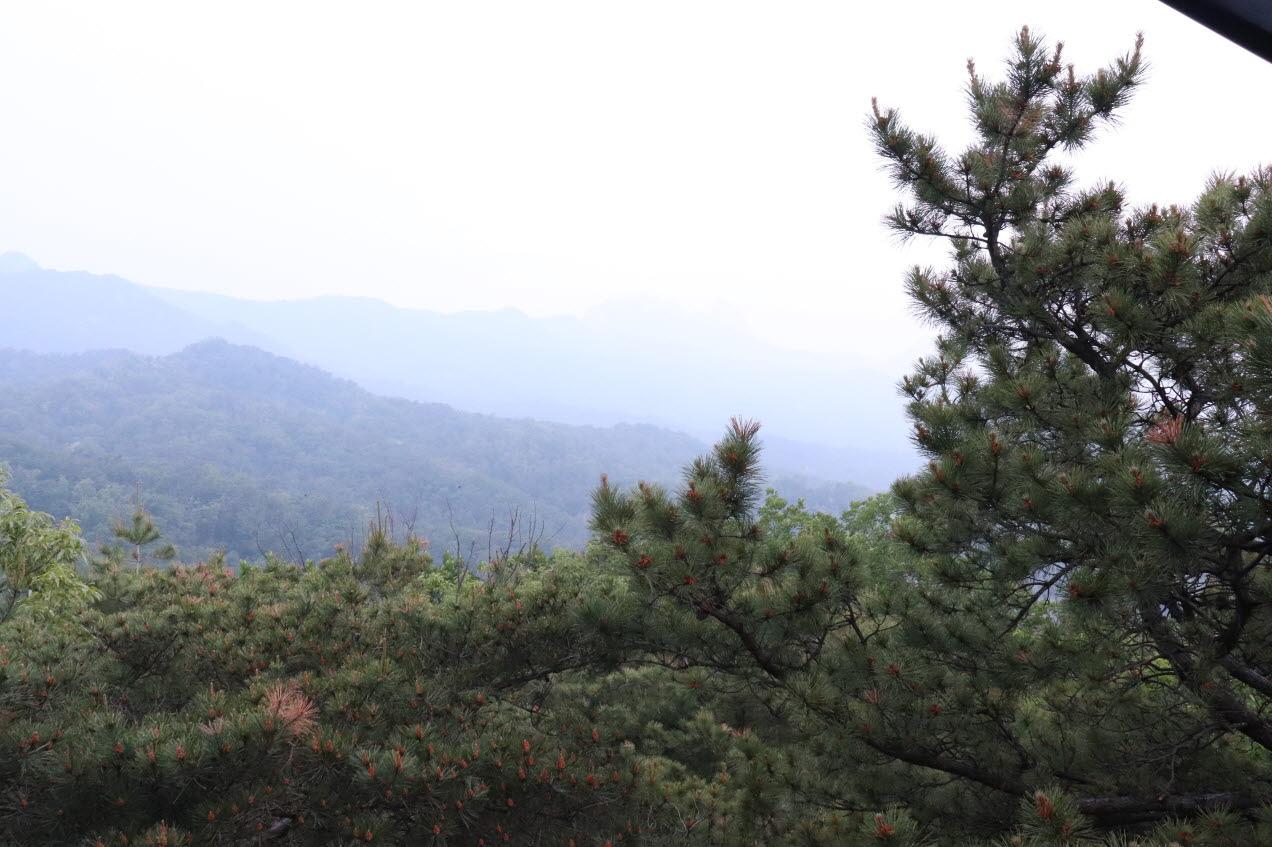
The body felt much lighter than yesterday. Maybe it's because we took some good rest the other day. Heading up, we talked some more with the other participants, and it was funny how this special experience could make strangers get so close. Because of the clouds, we couldn't see the sun come up, but the feeling of the morning mountain was nice. We breathed some fresh air in and headed down for another fresh meal from the temple.

The last event for the temple stay was a tea session with the monk. The weather was nice and the atmosphere in the room was pleasant. We talked freely about anything we were curious about; about the temple life, being a monk, all the troubles in life, and anything we wanted to ask. The wise words helped me get my mind straight and gave me the courage to get back to my daily life.
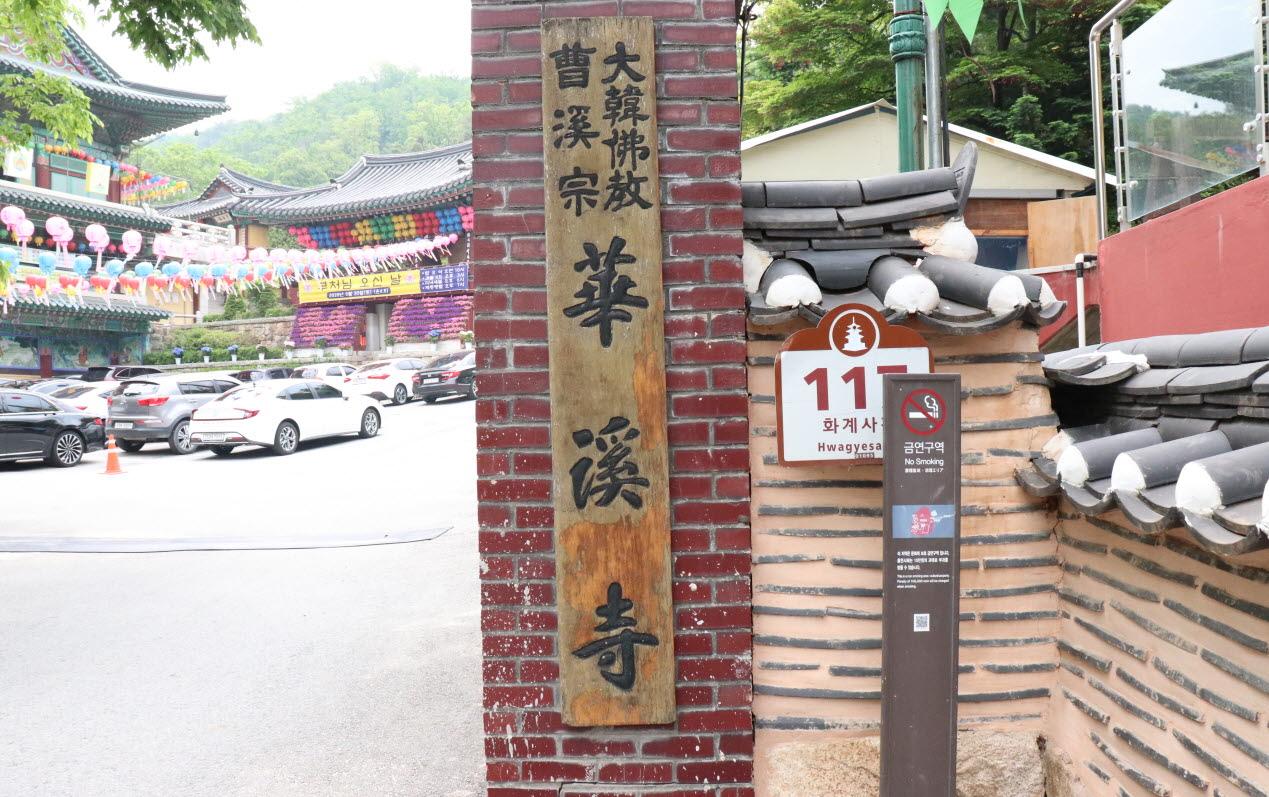
We cleaned our room, packed our things along with the rosary we've made, and headed back home. And it was the end of our adventure.
* Note
- Templestay Official Homepage
- Select temple, date, program
![Screenshot of Templestay reservation page featuring different programs including relaxation and recharging stay options]()
- Price: ₩60,000 / person
- Included: clothes, a dinner, a breakfast
- Not included: towel, bath items
*During the Coronavirus period, the number of attendees will be limited.
Here is a fresh review of our temple stay. If you are interested or have any questions, please leave a comment or contact us at help@creatrip.com. We'll get right back to you!

